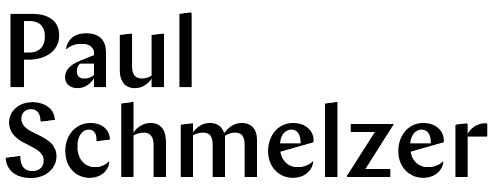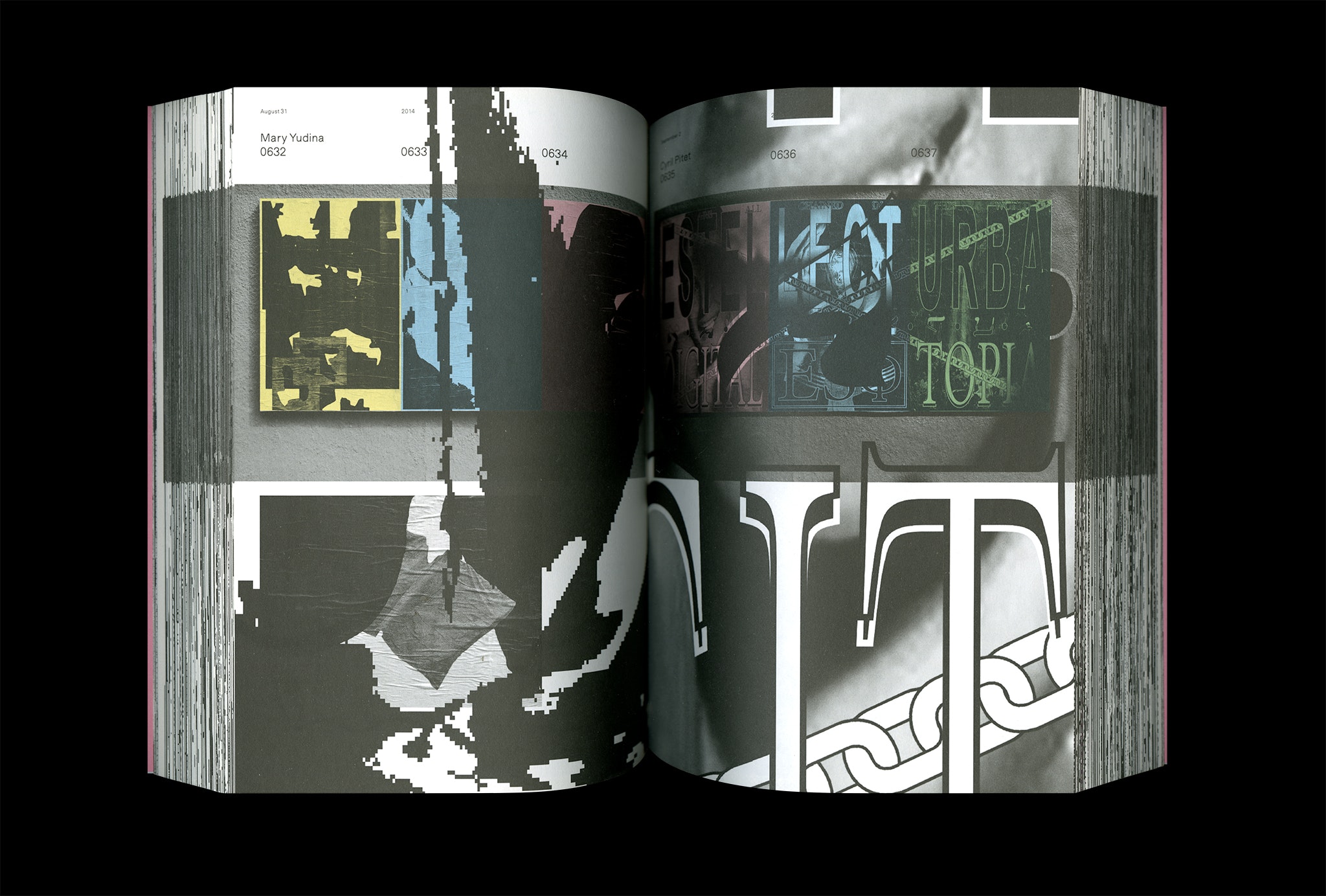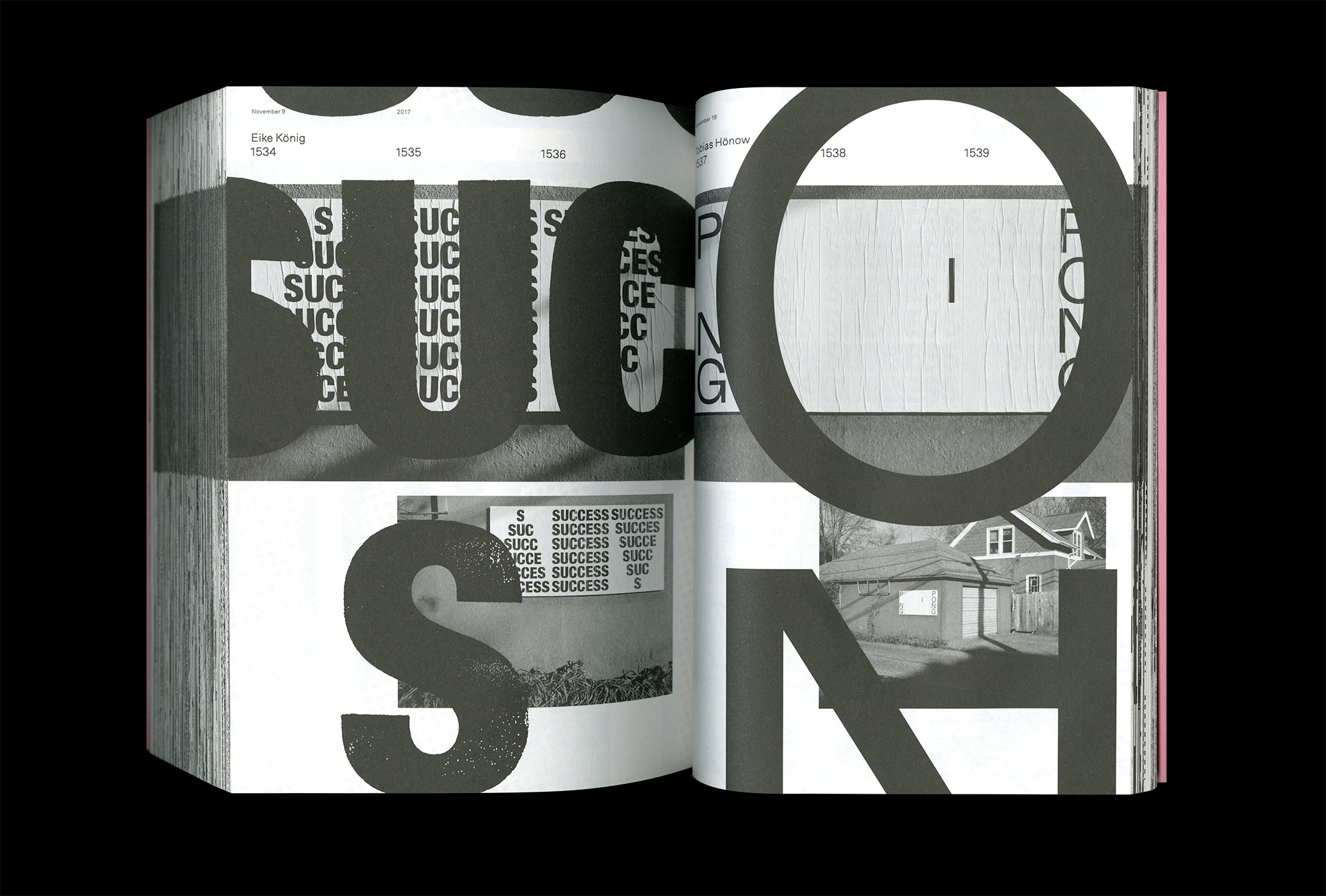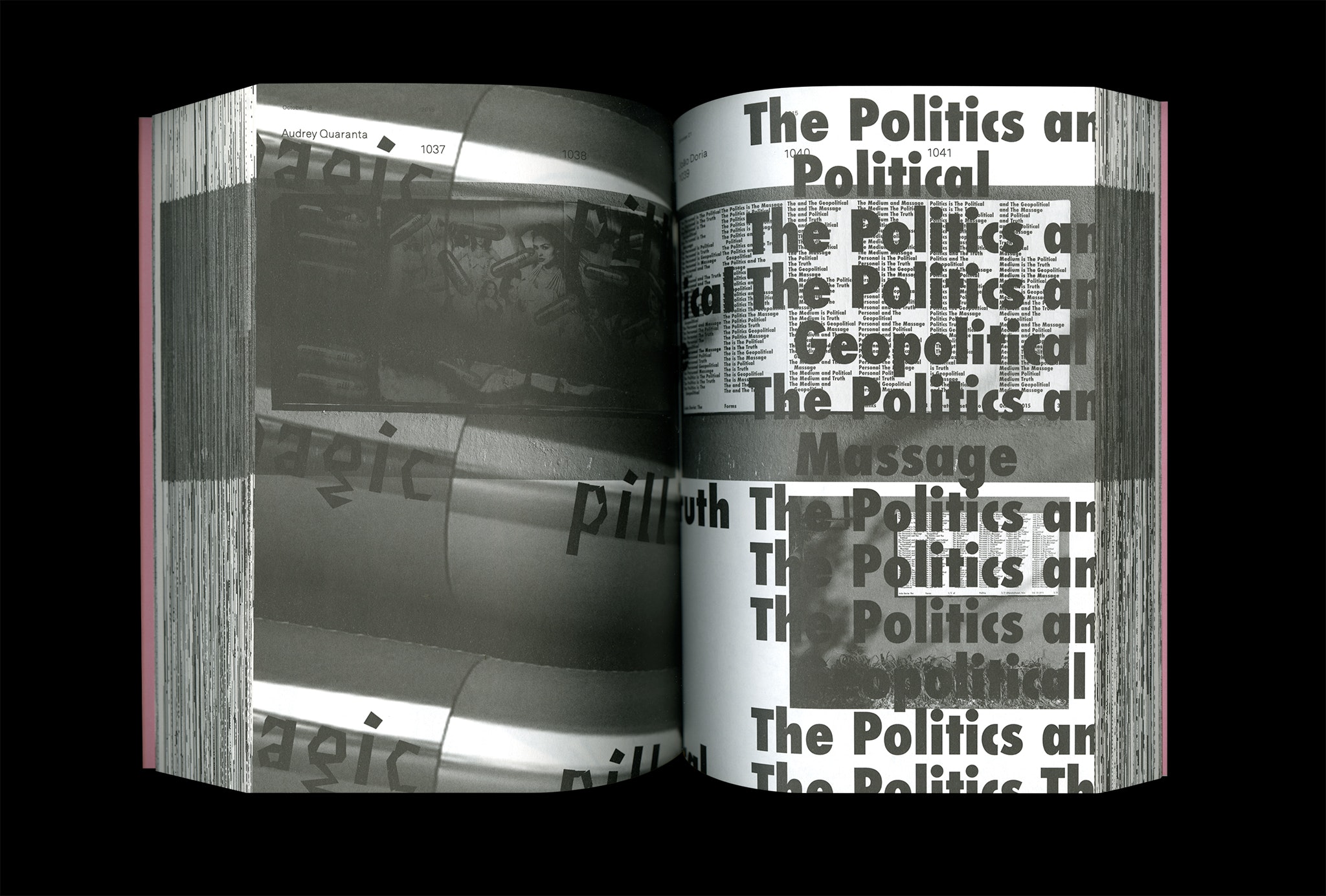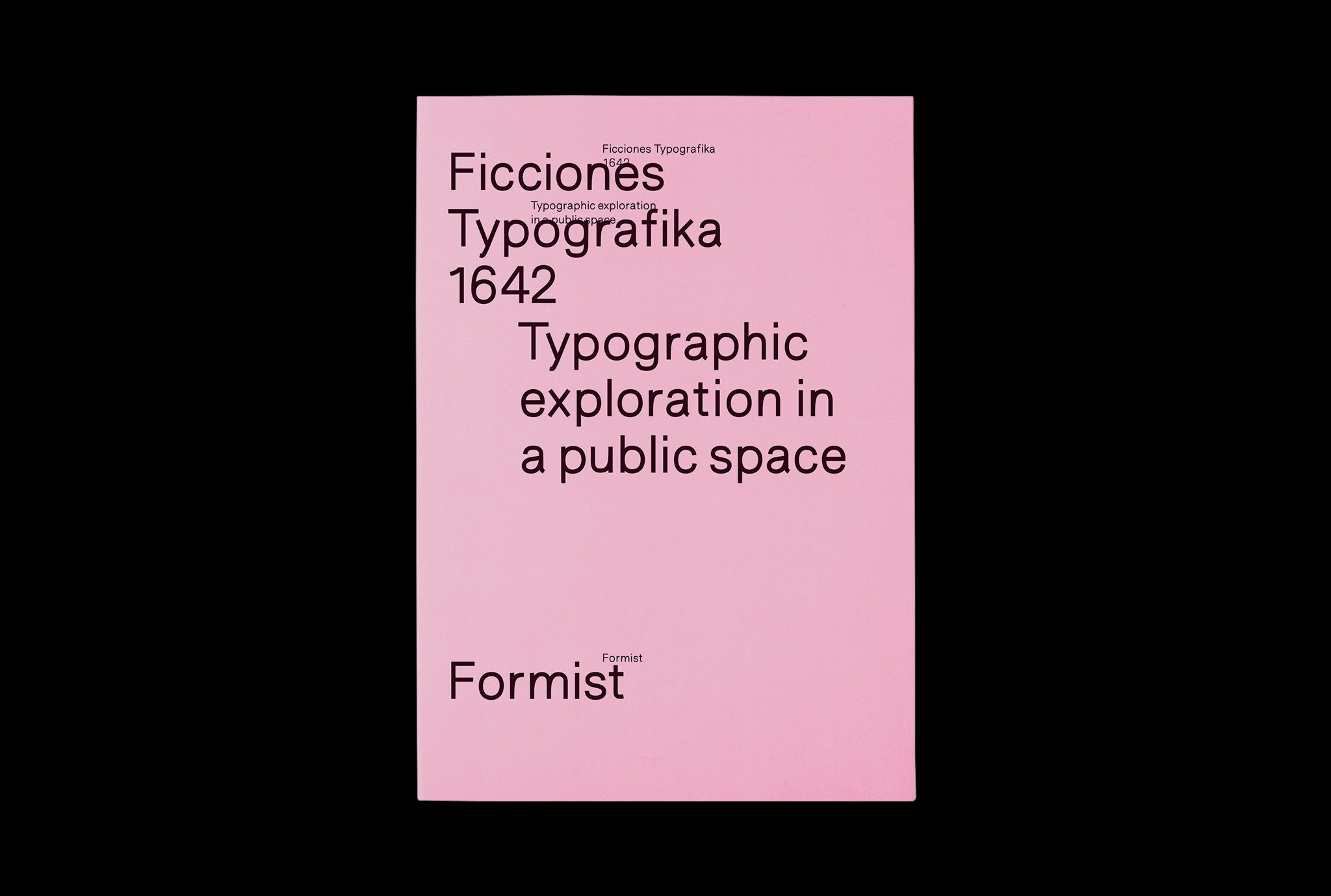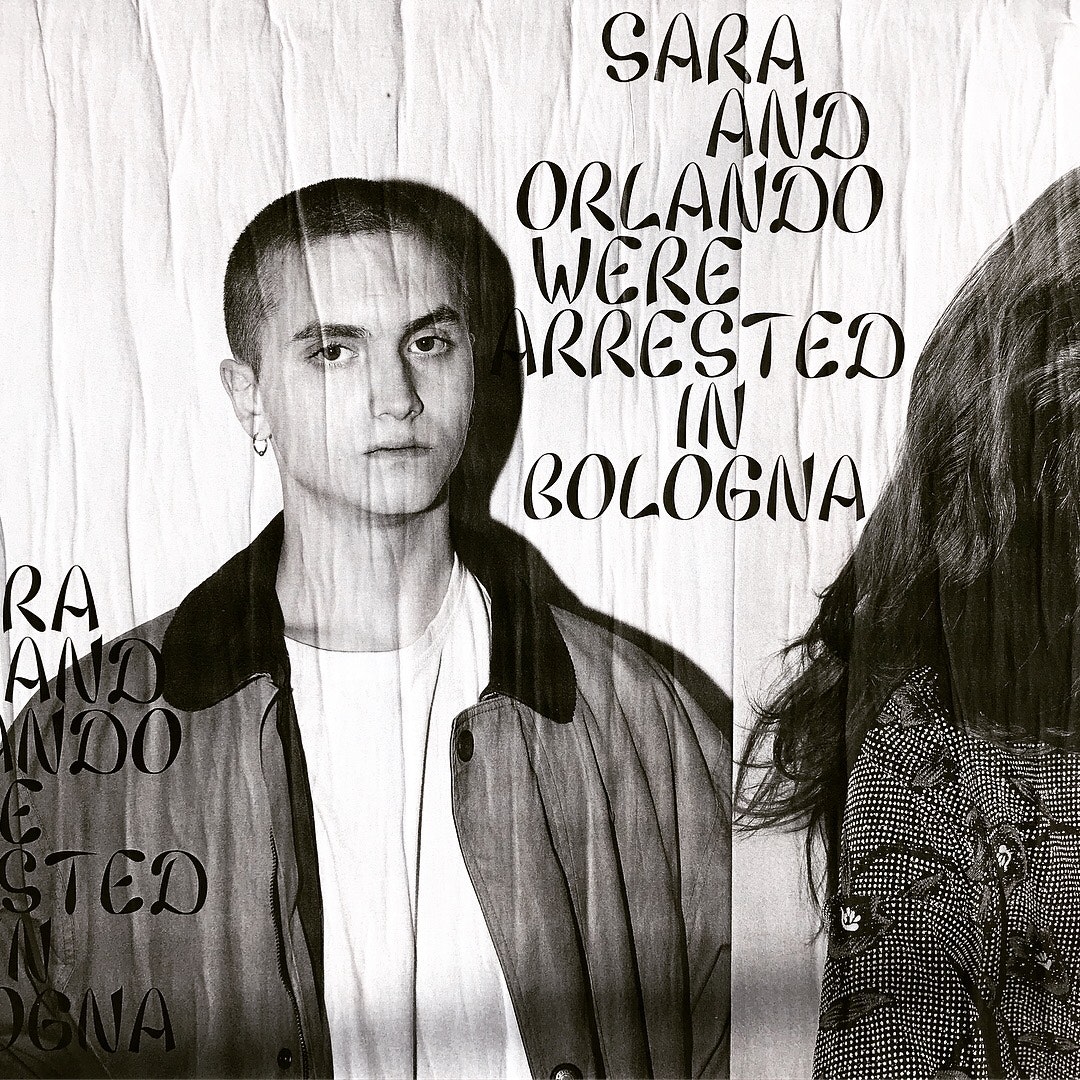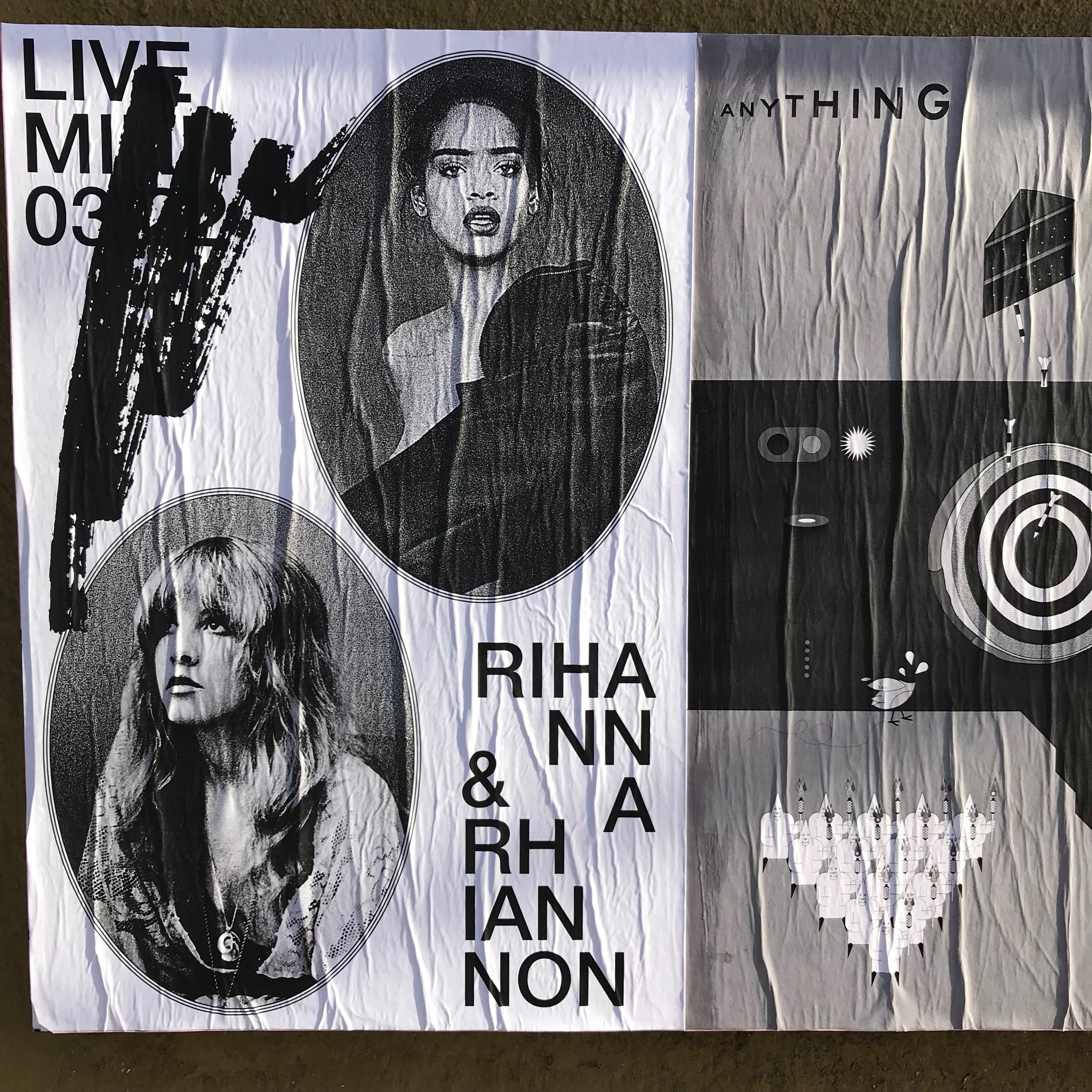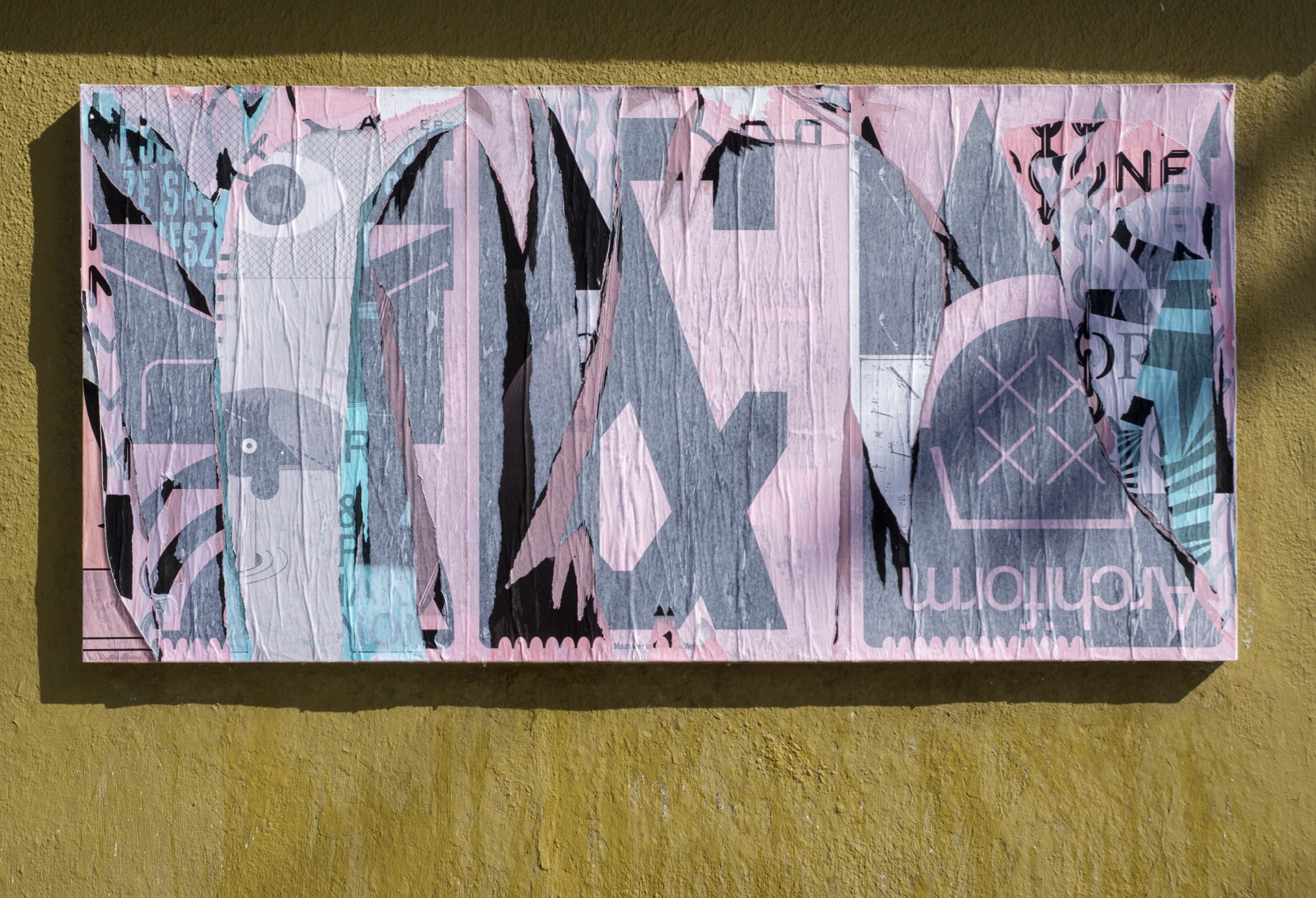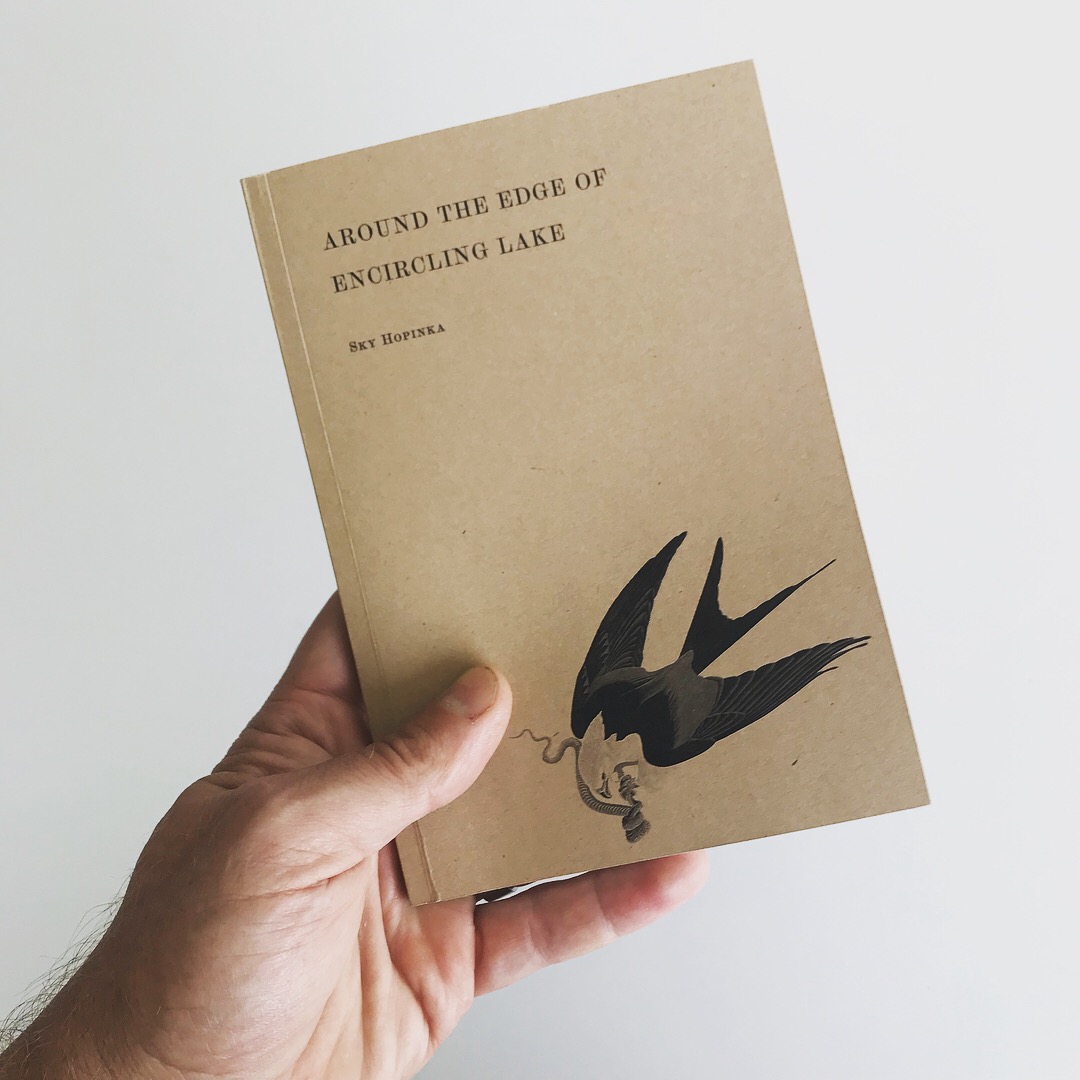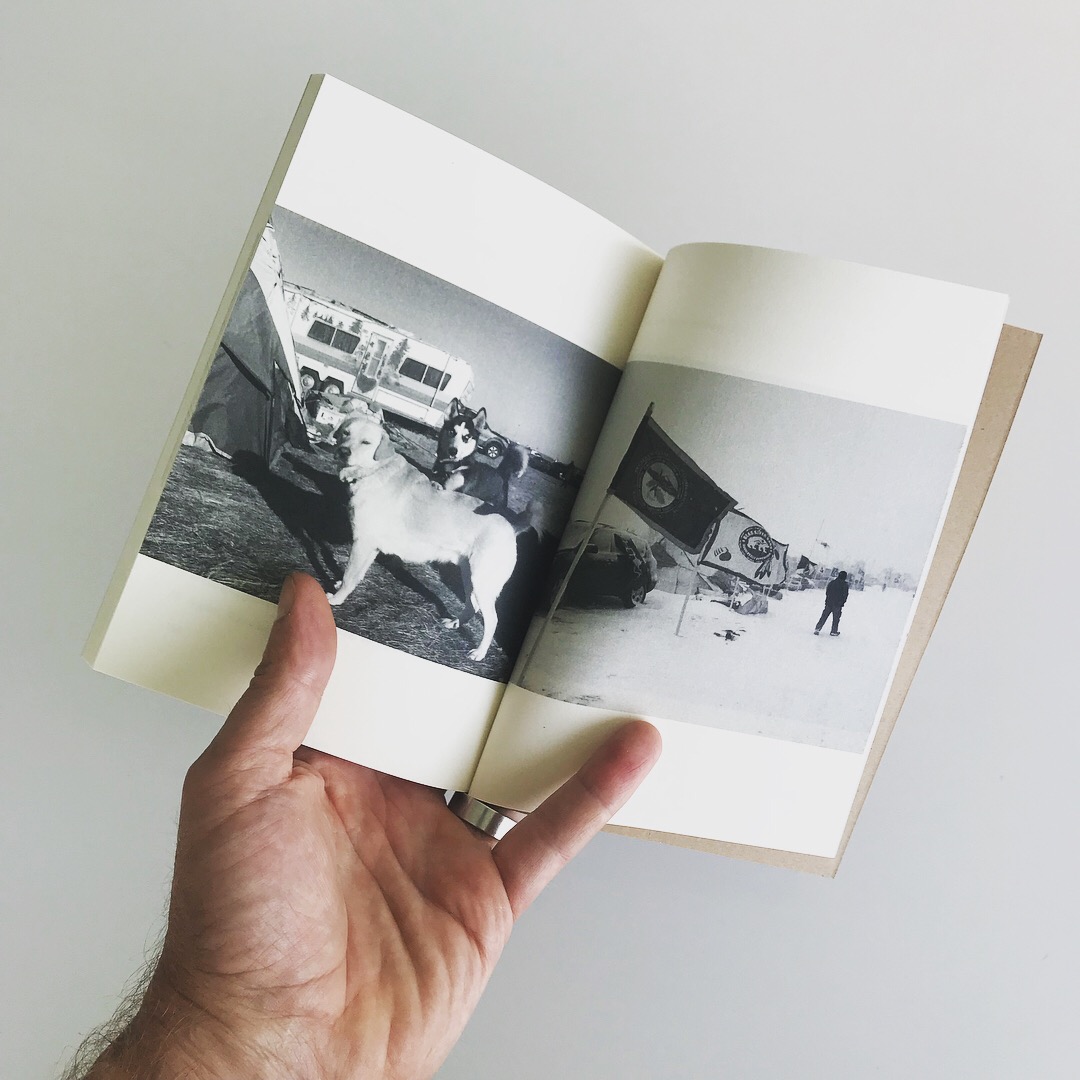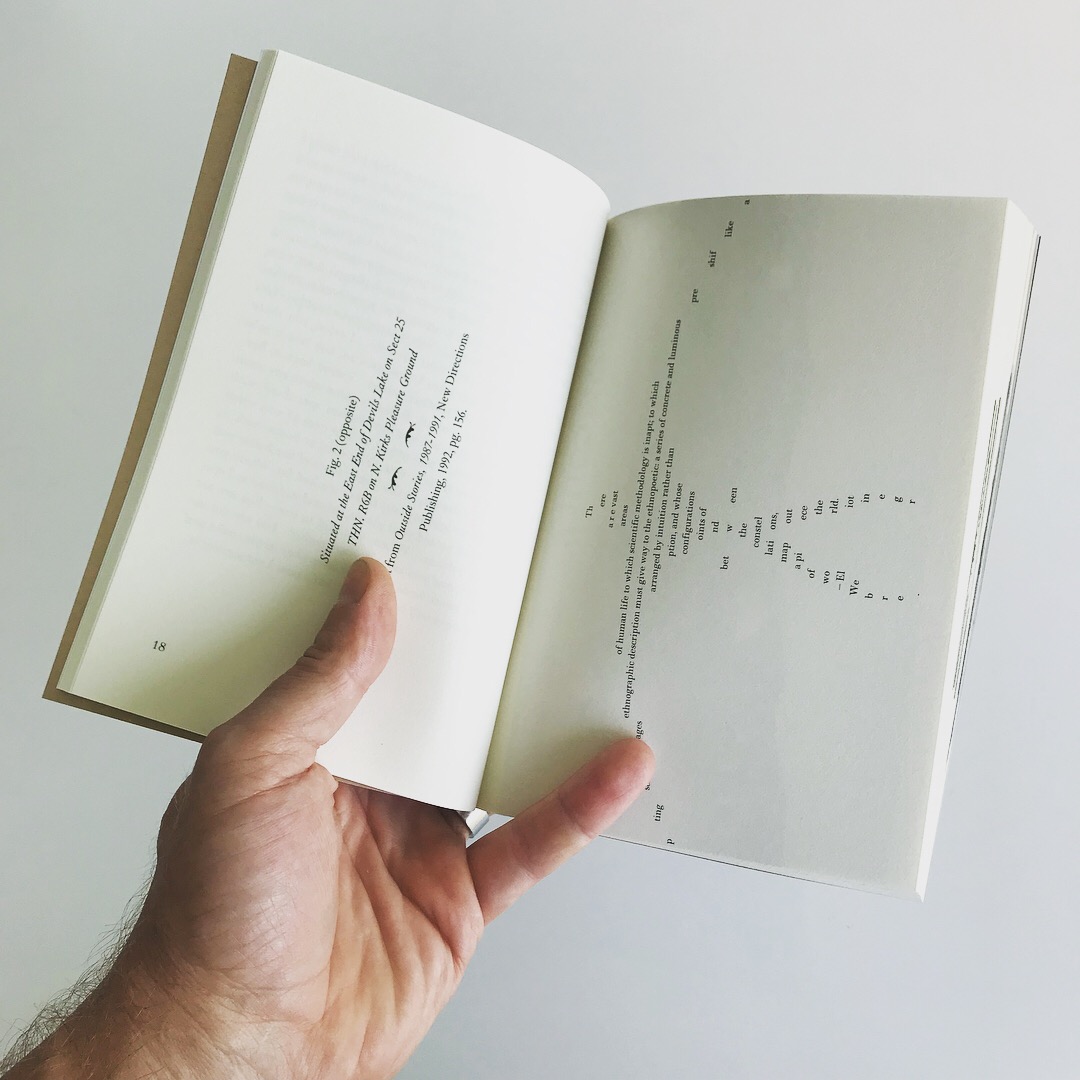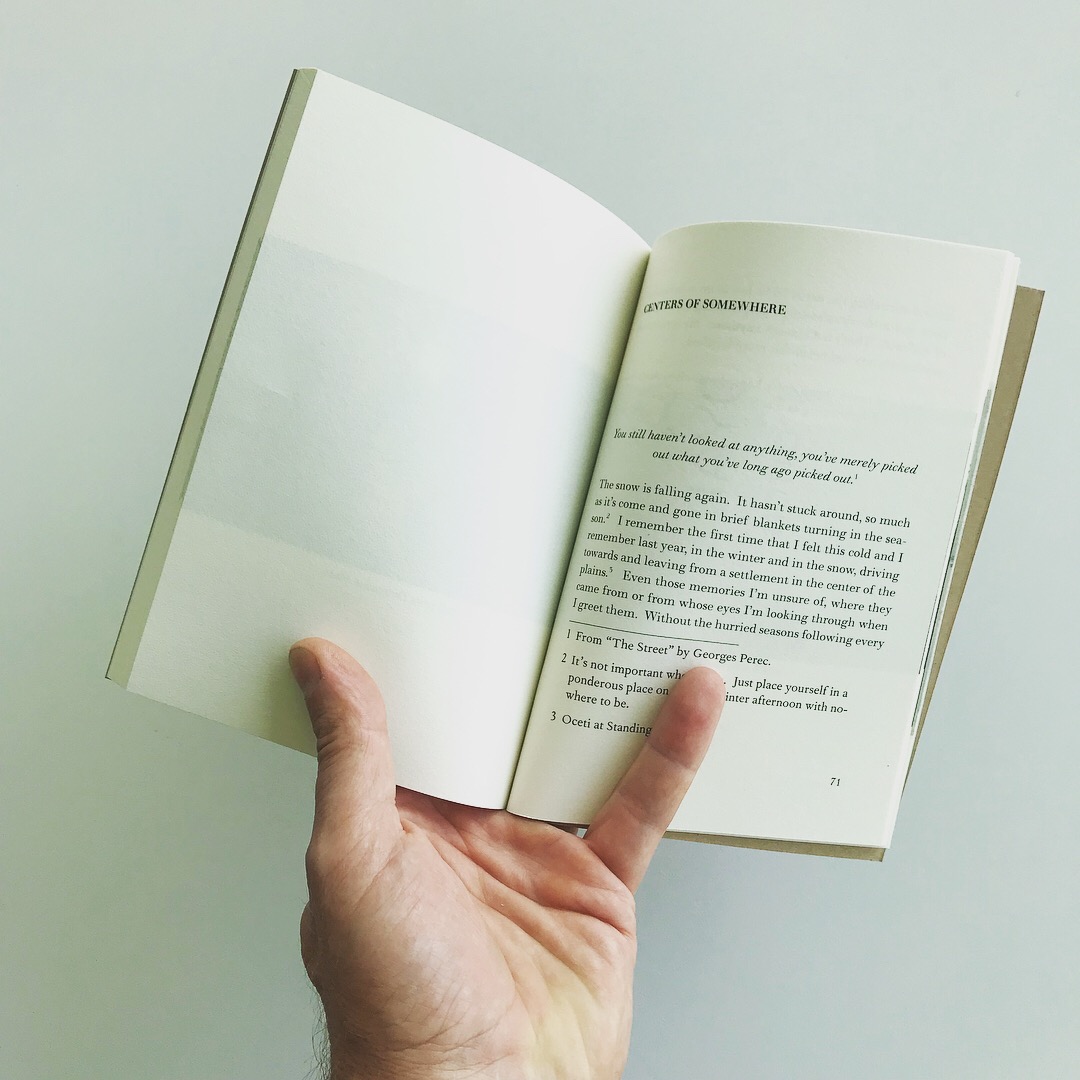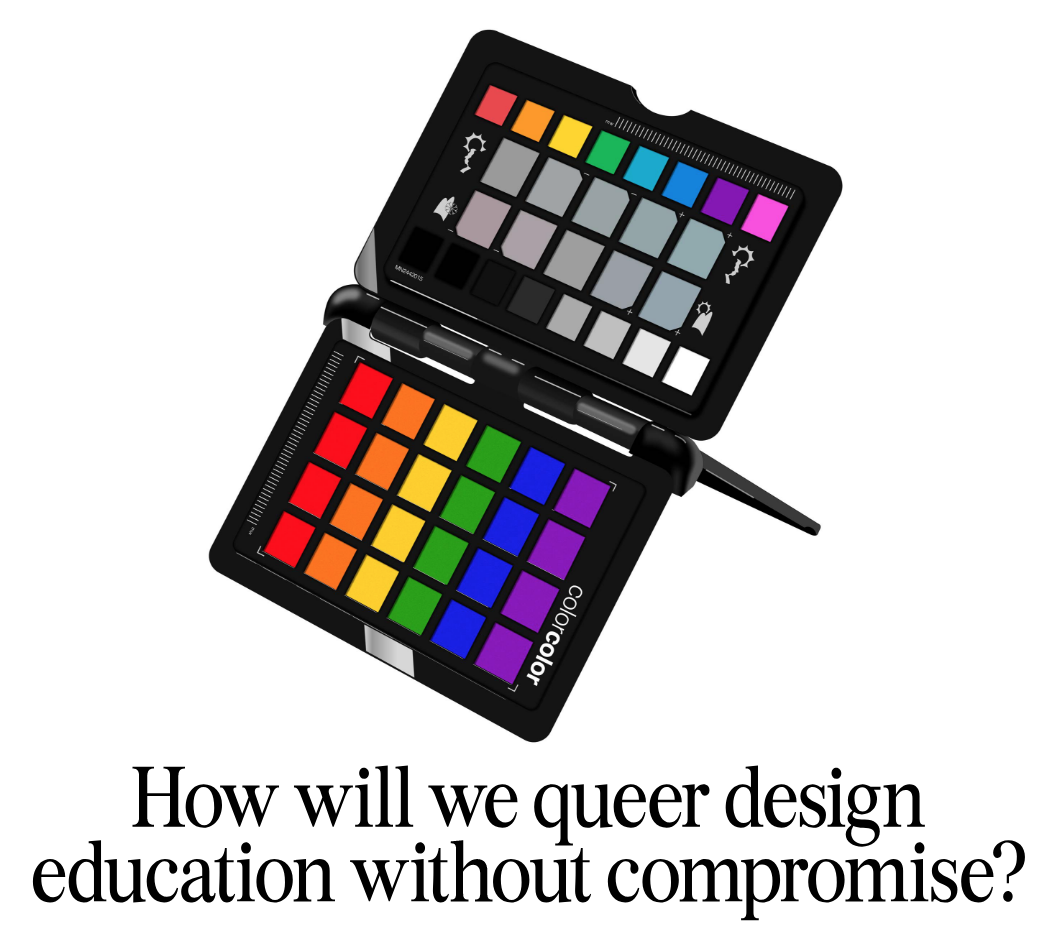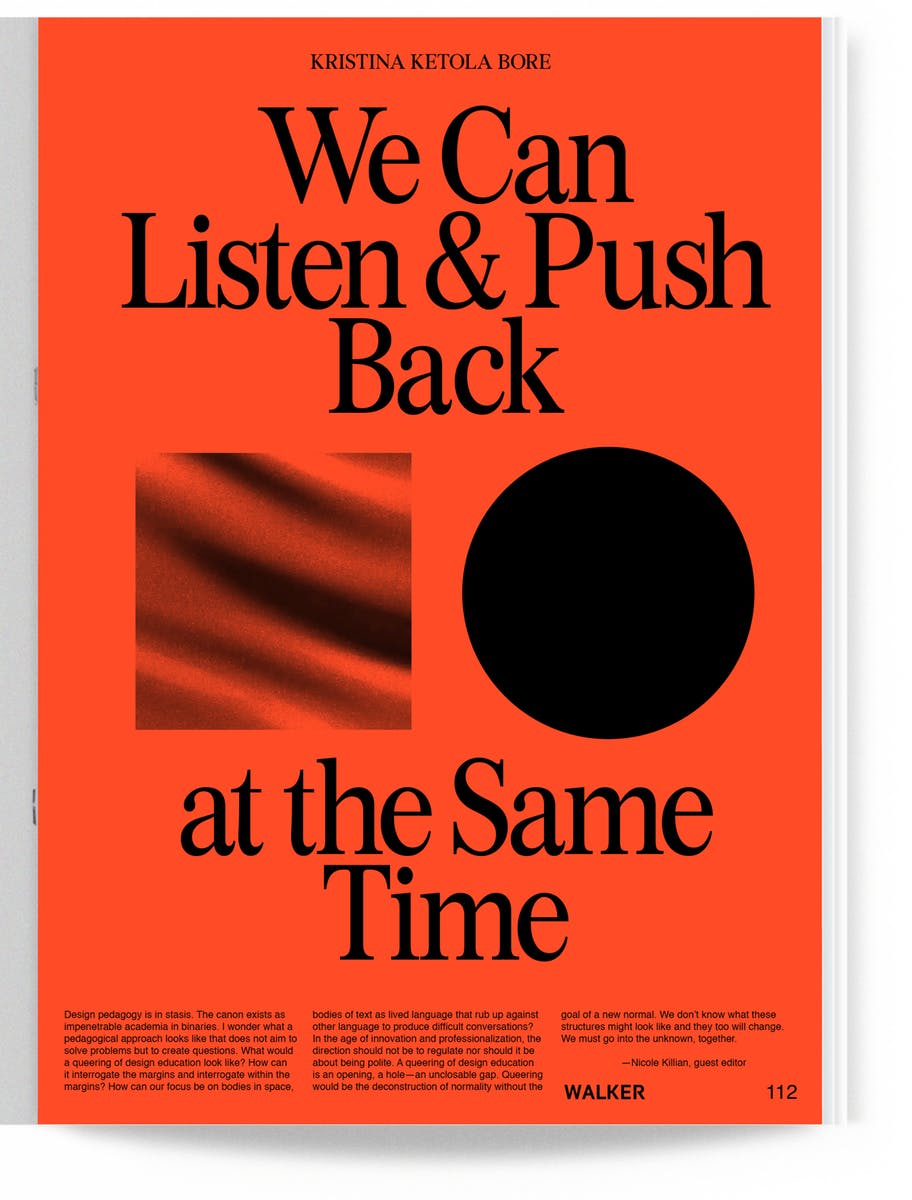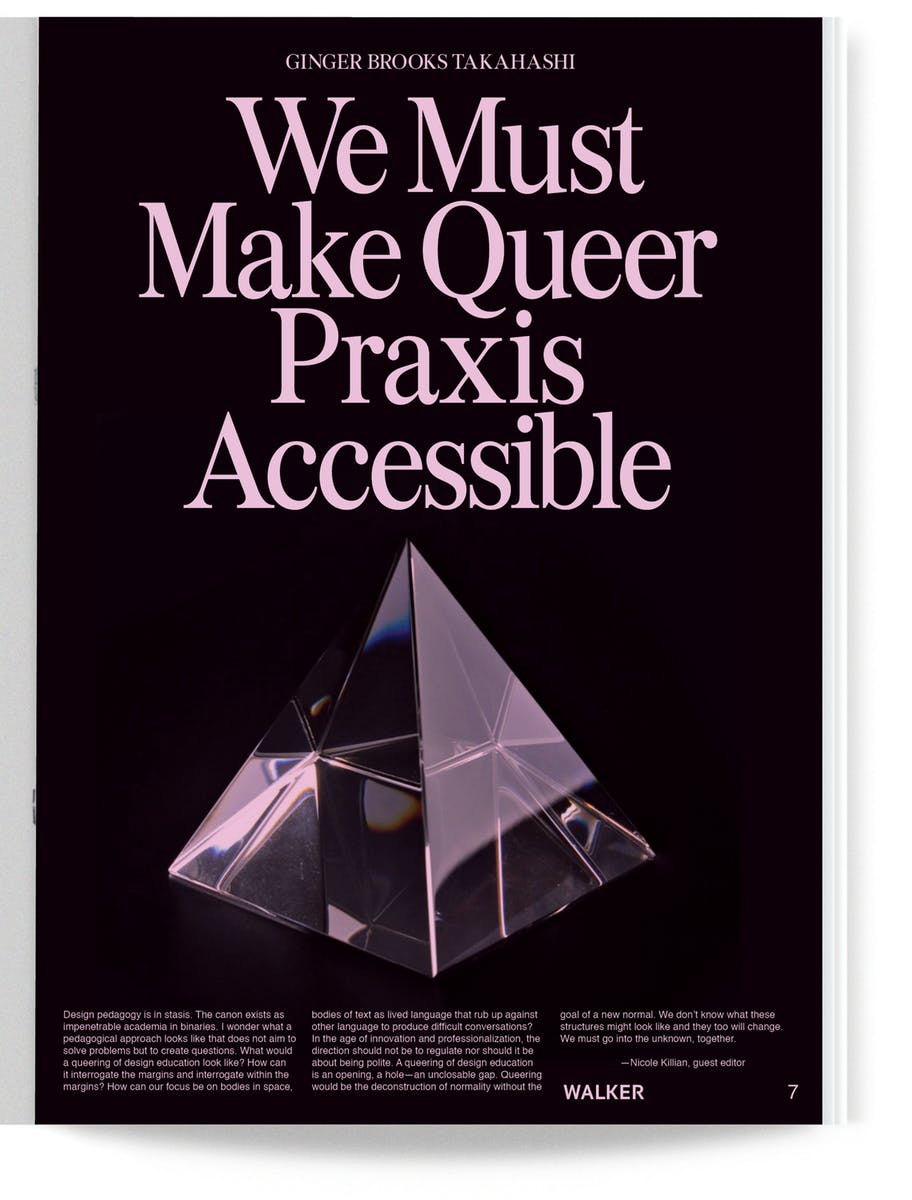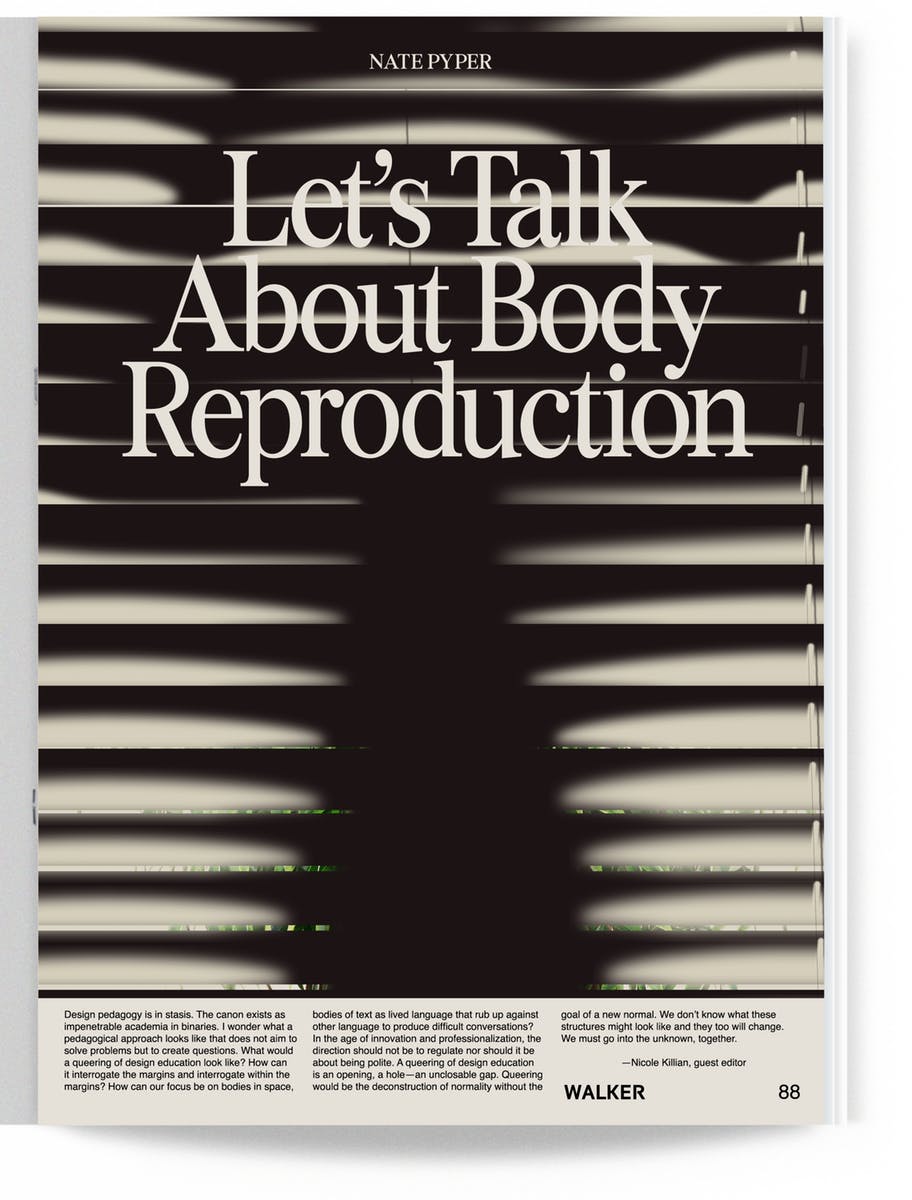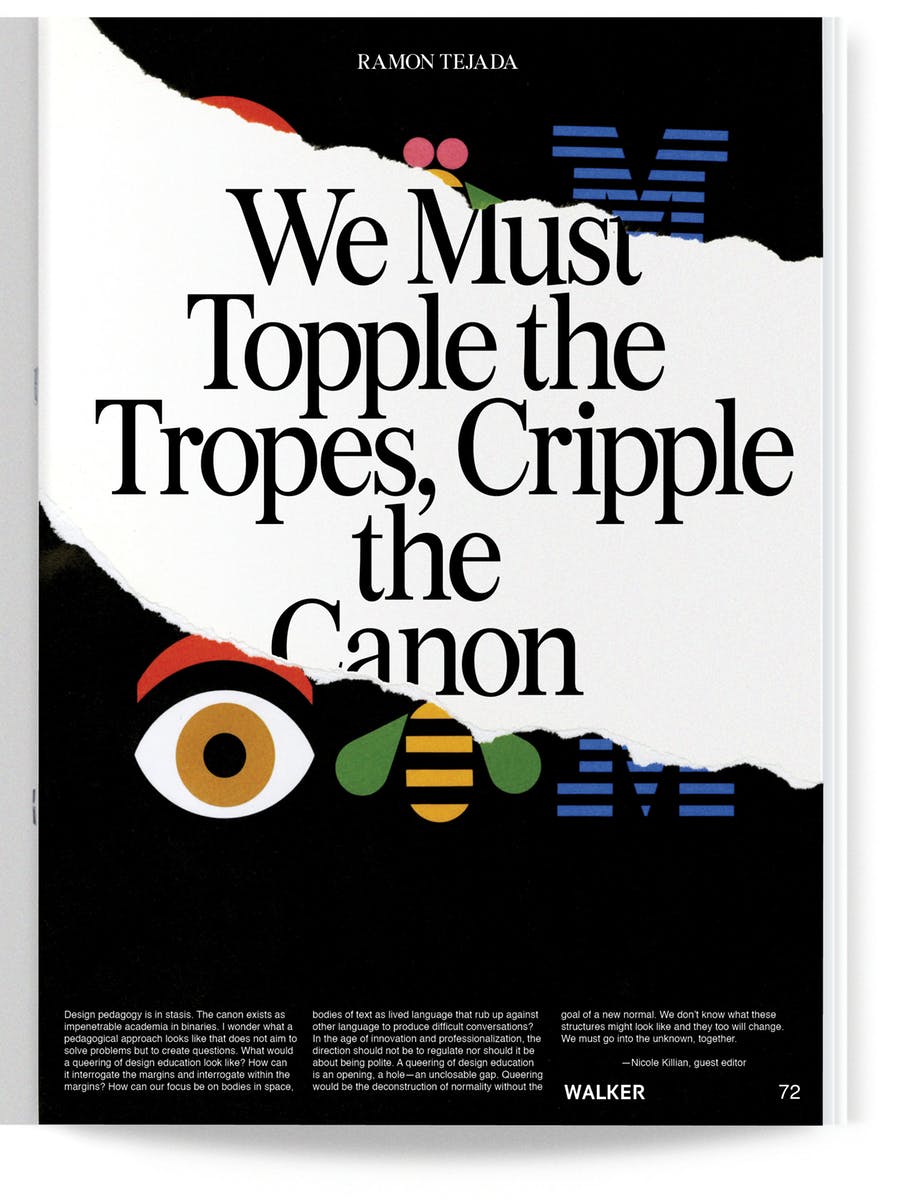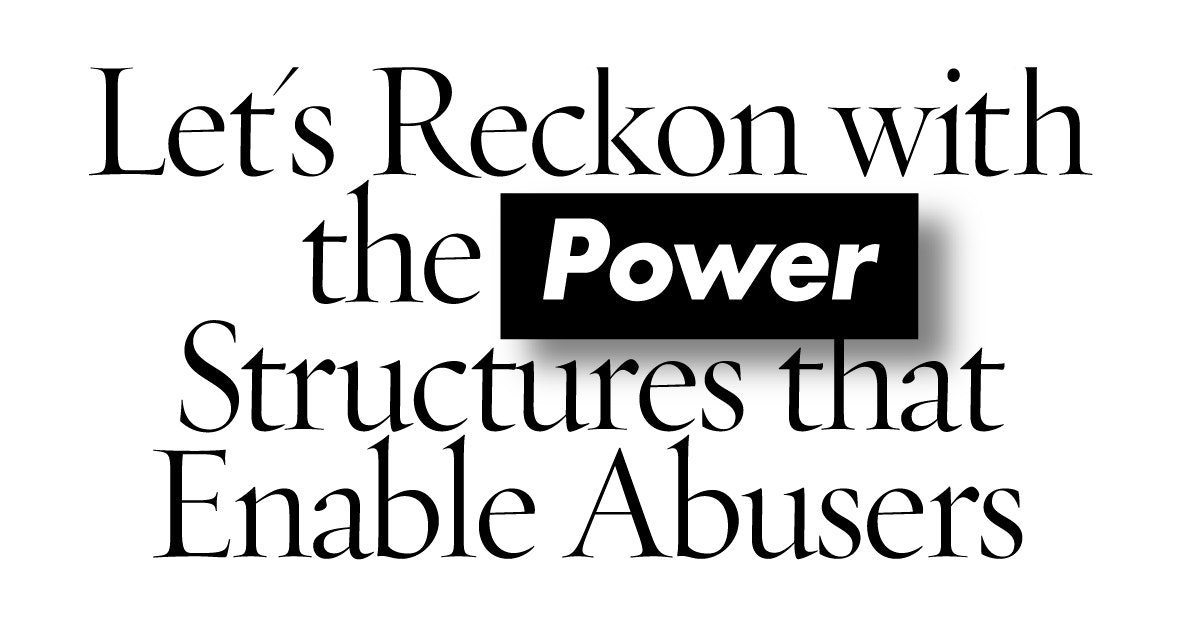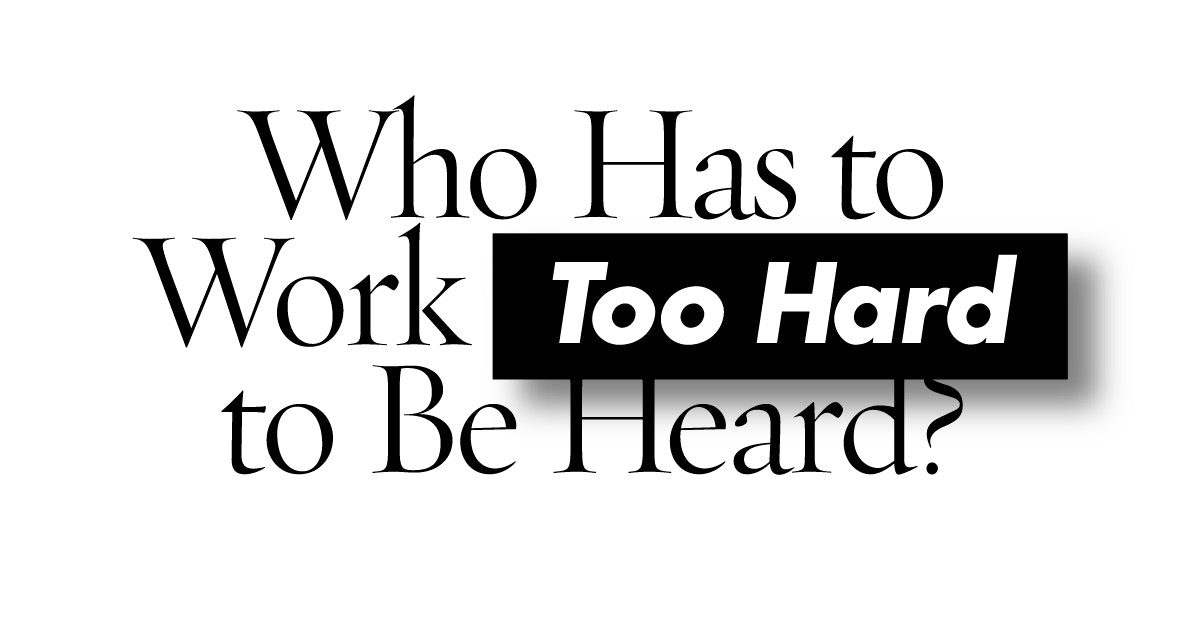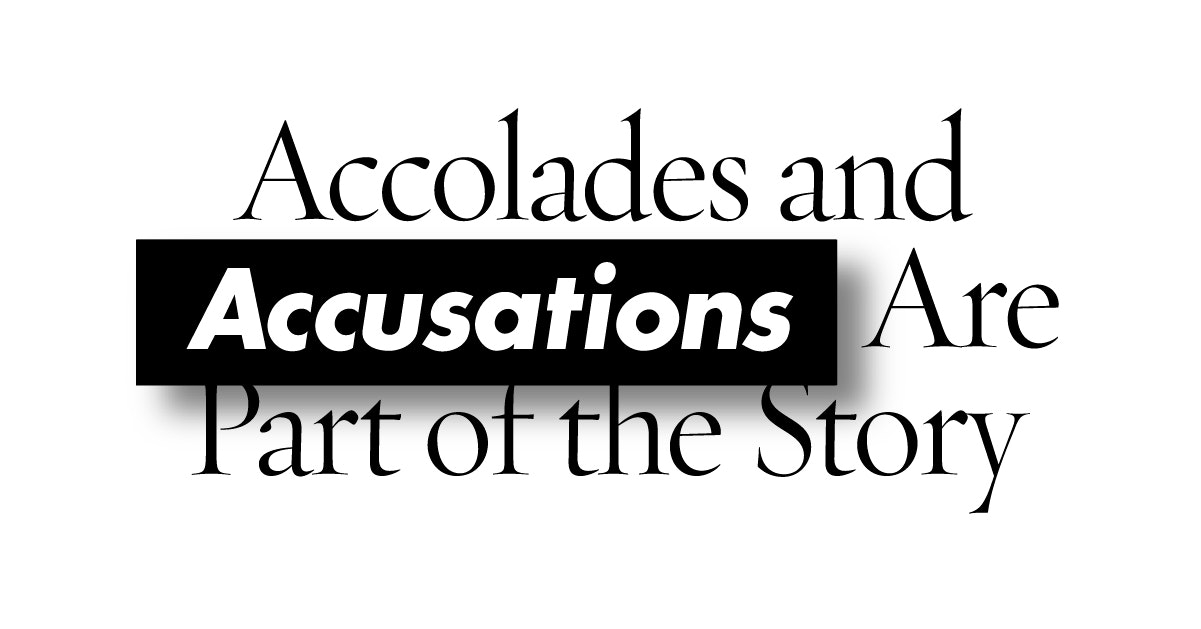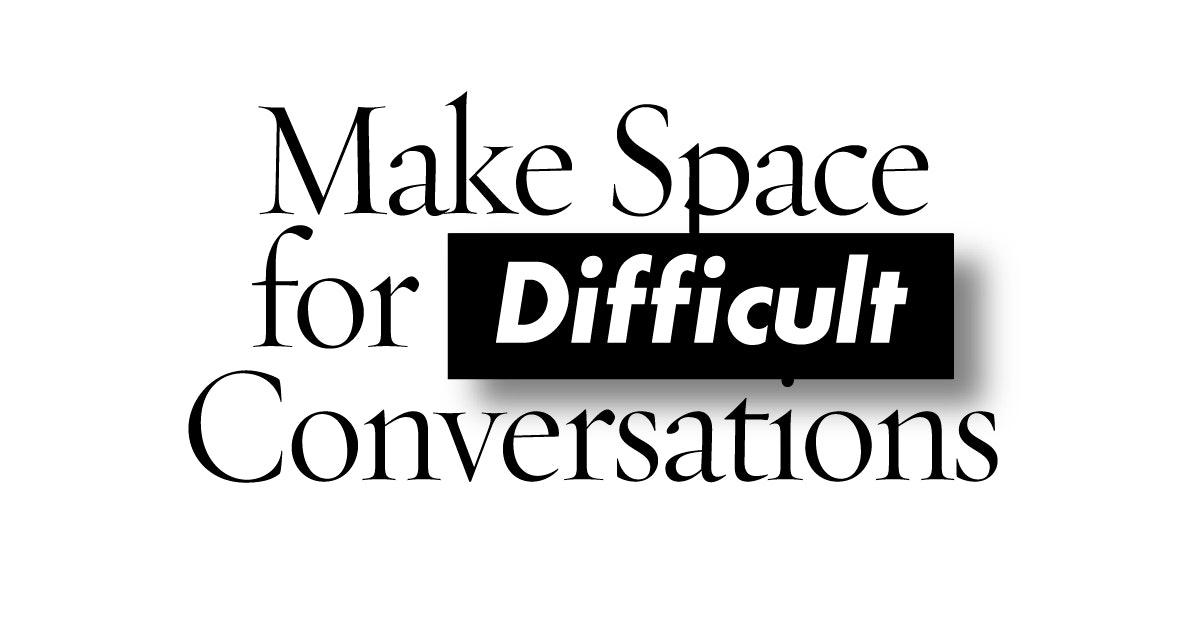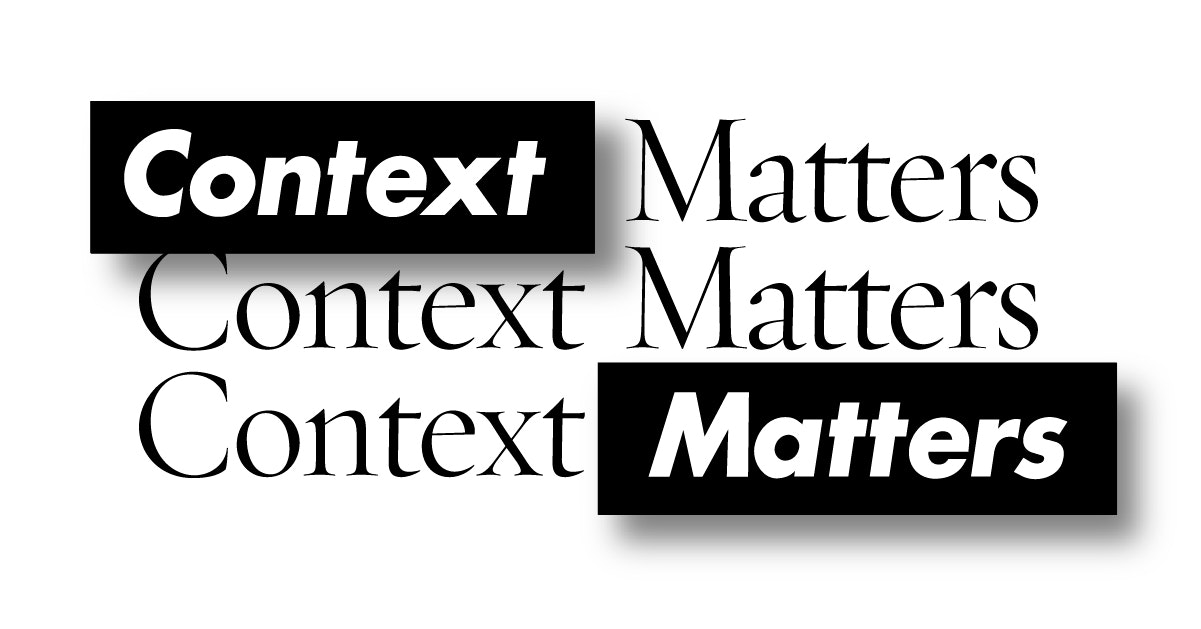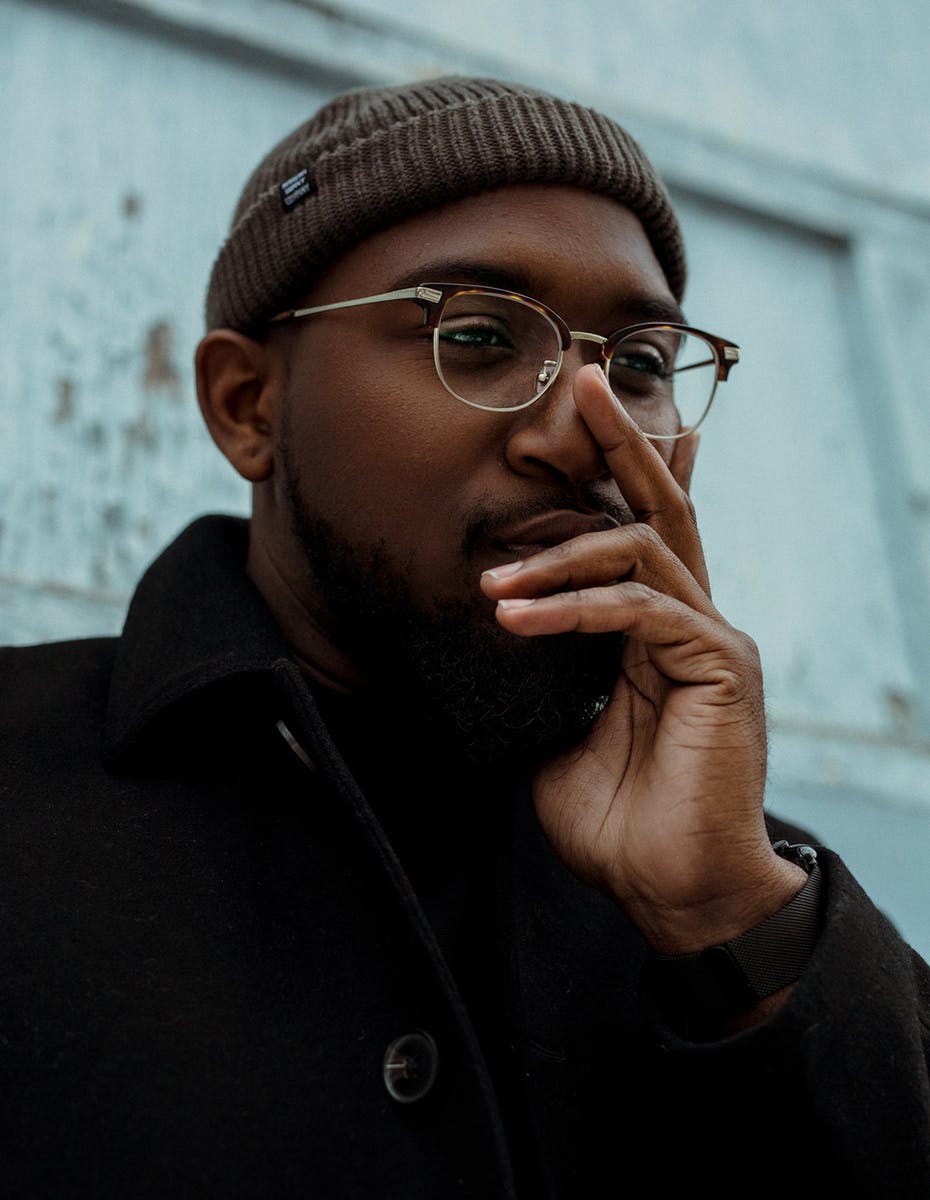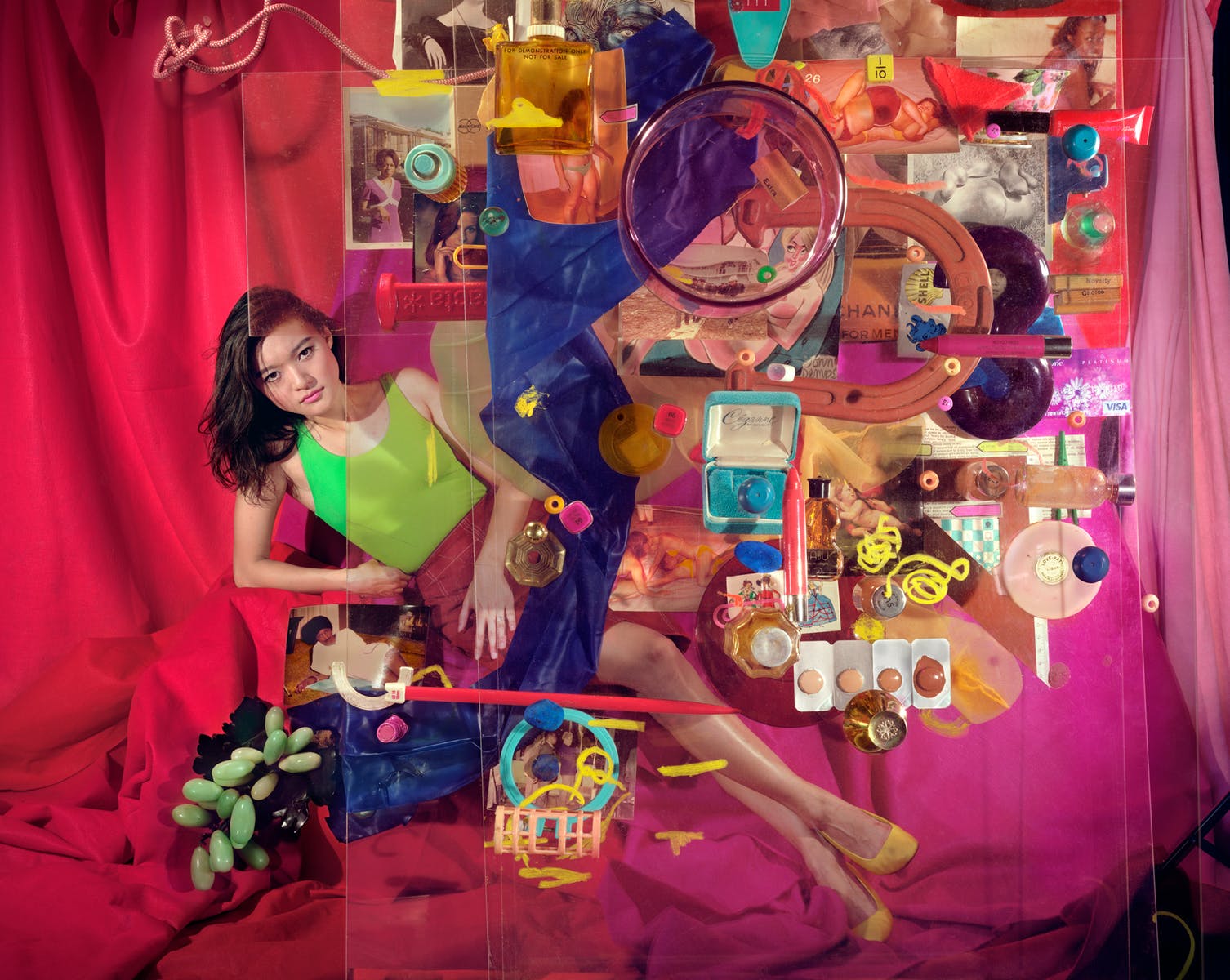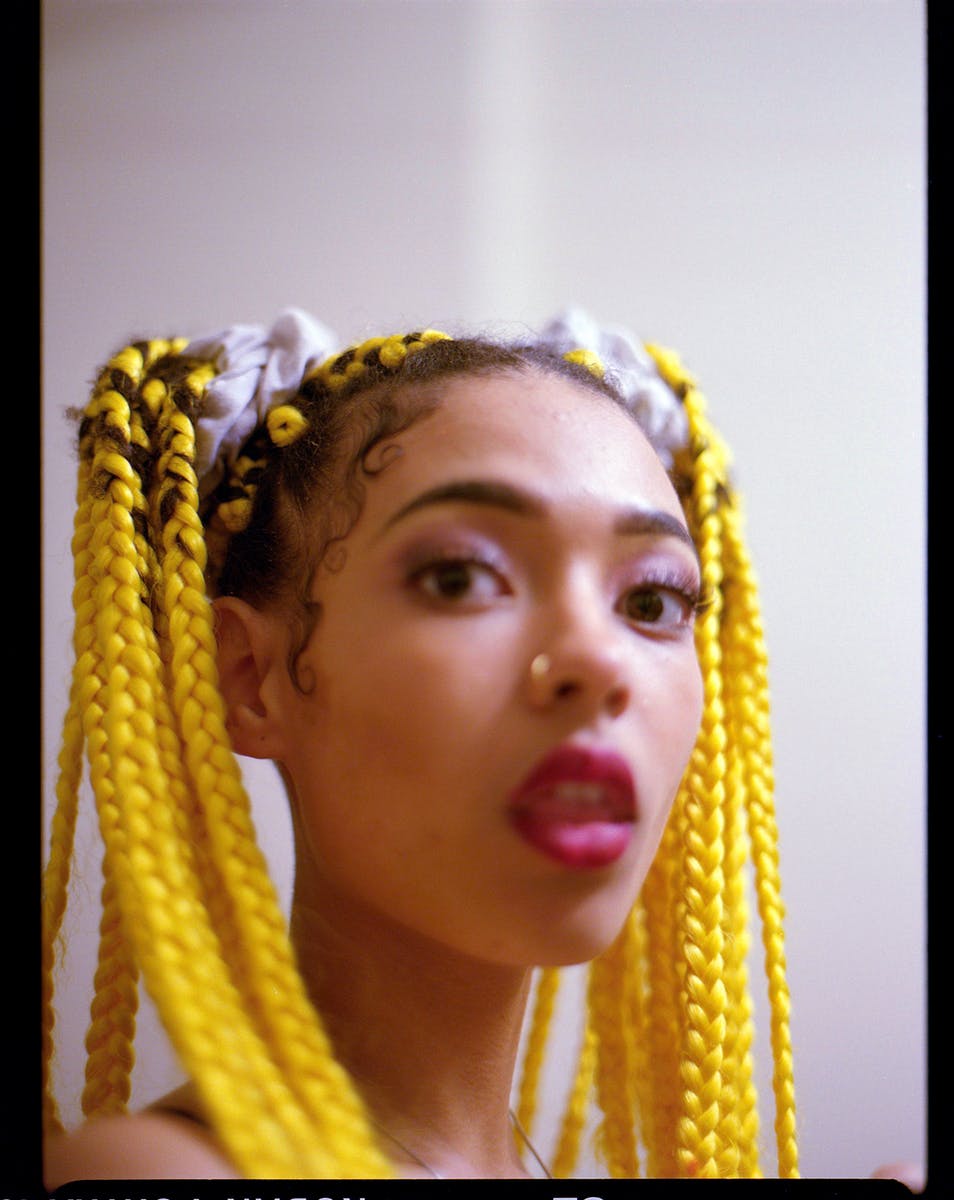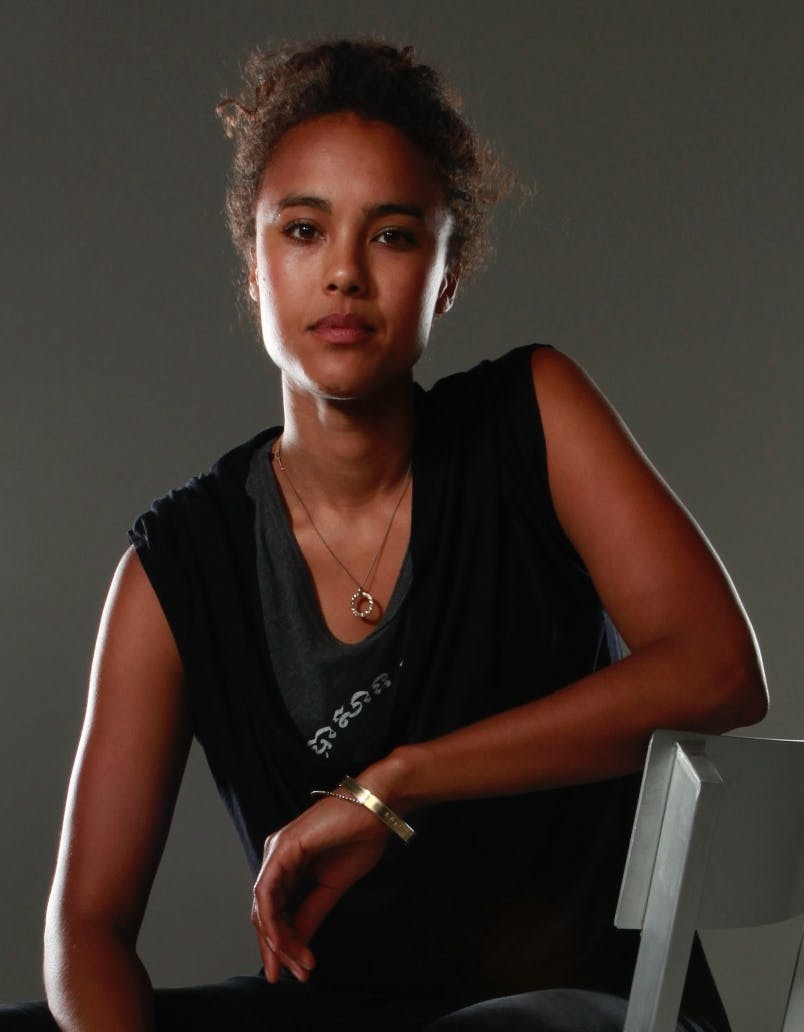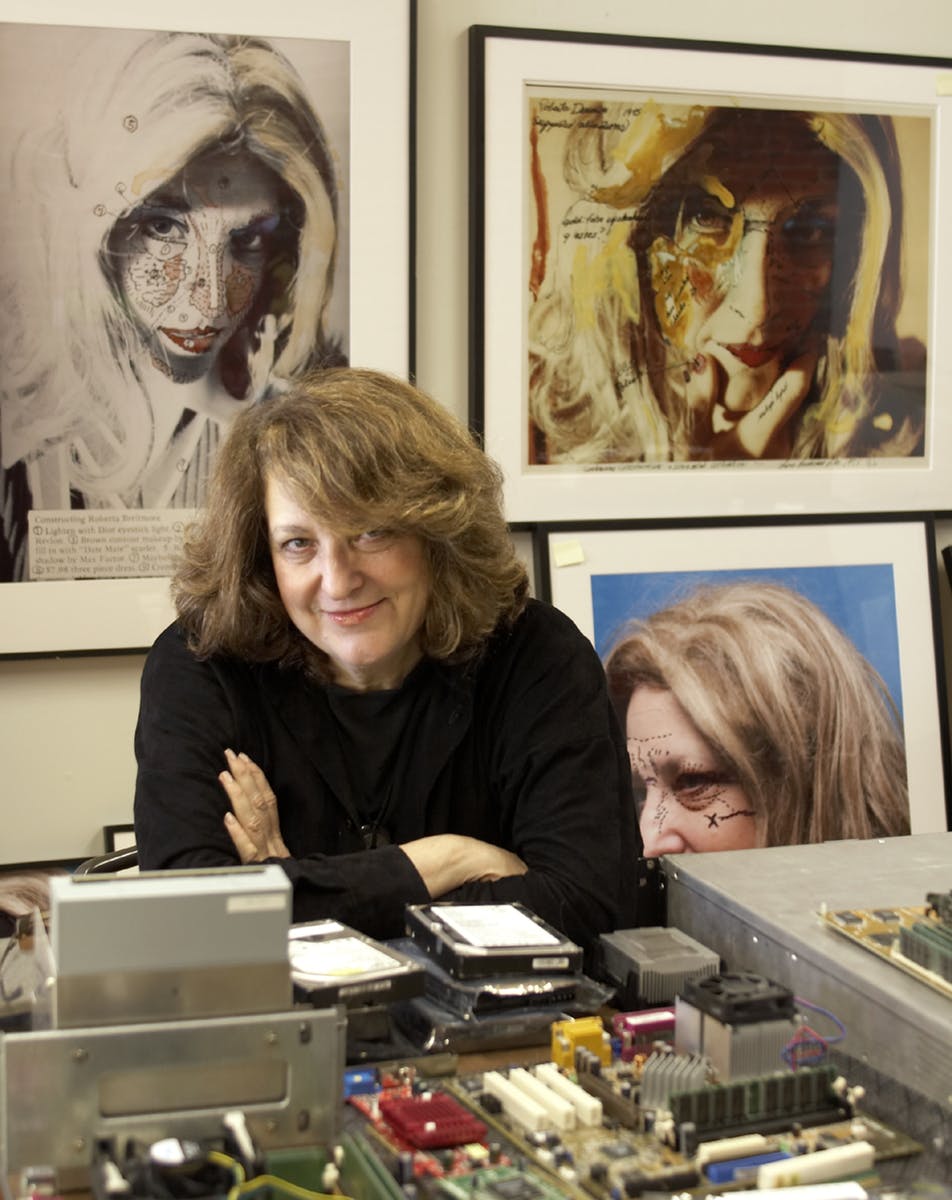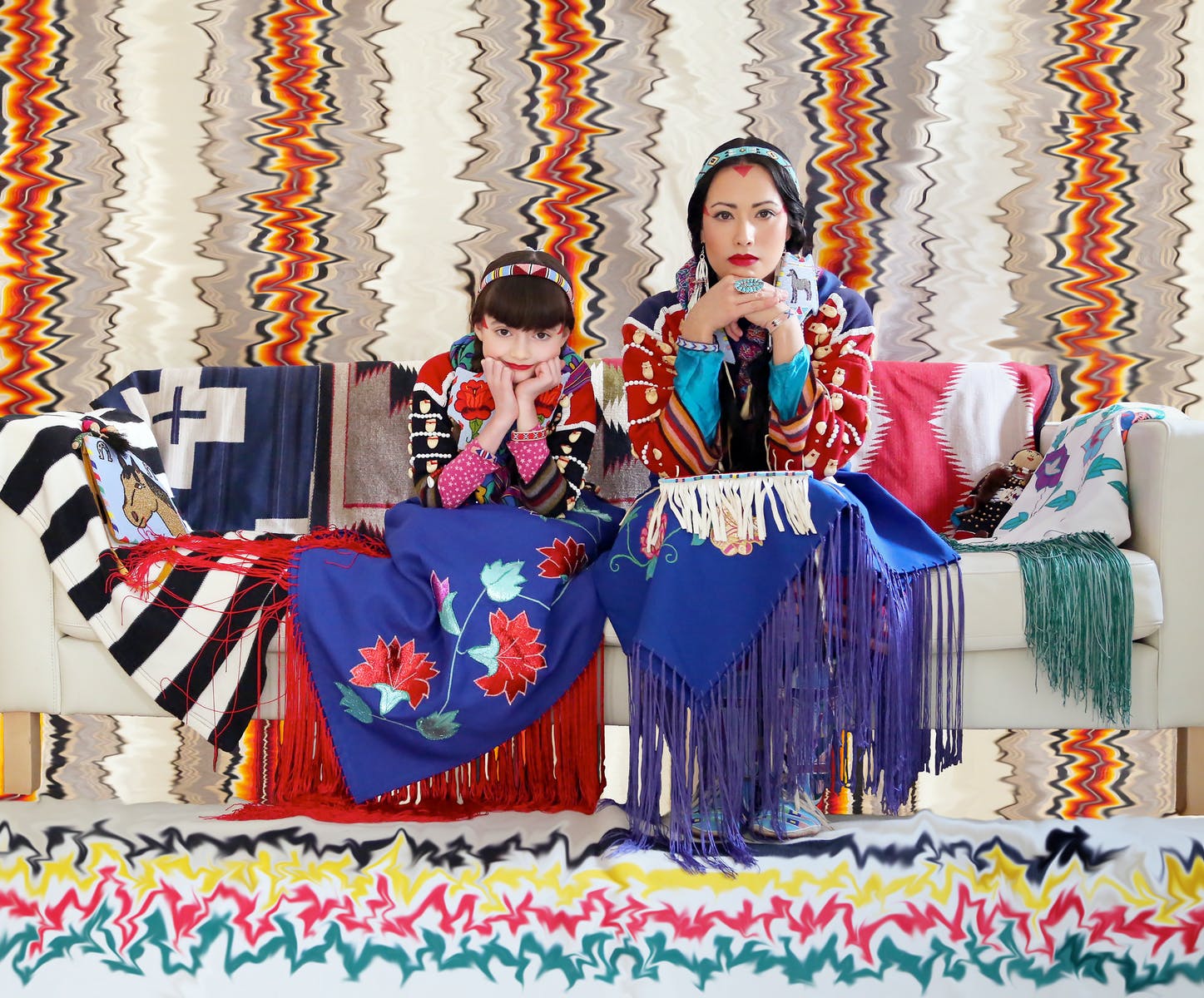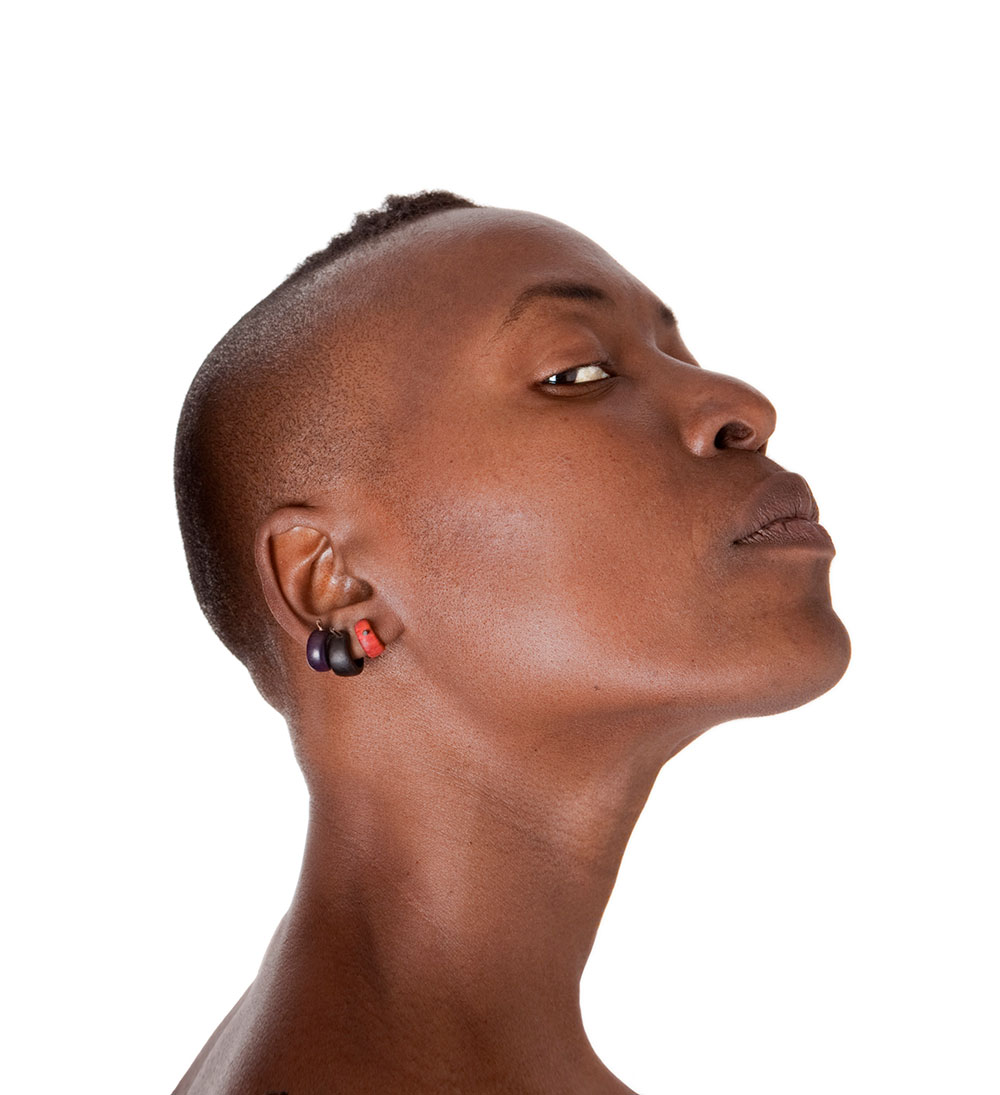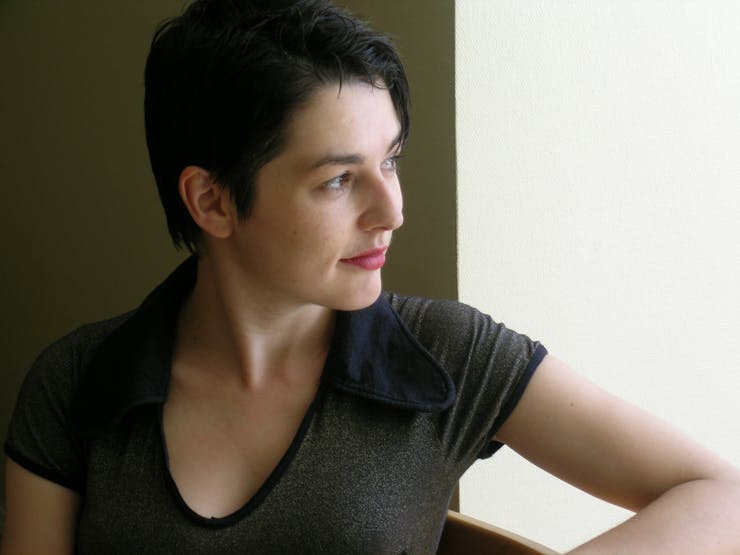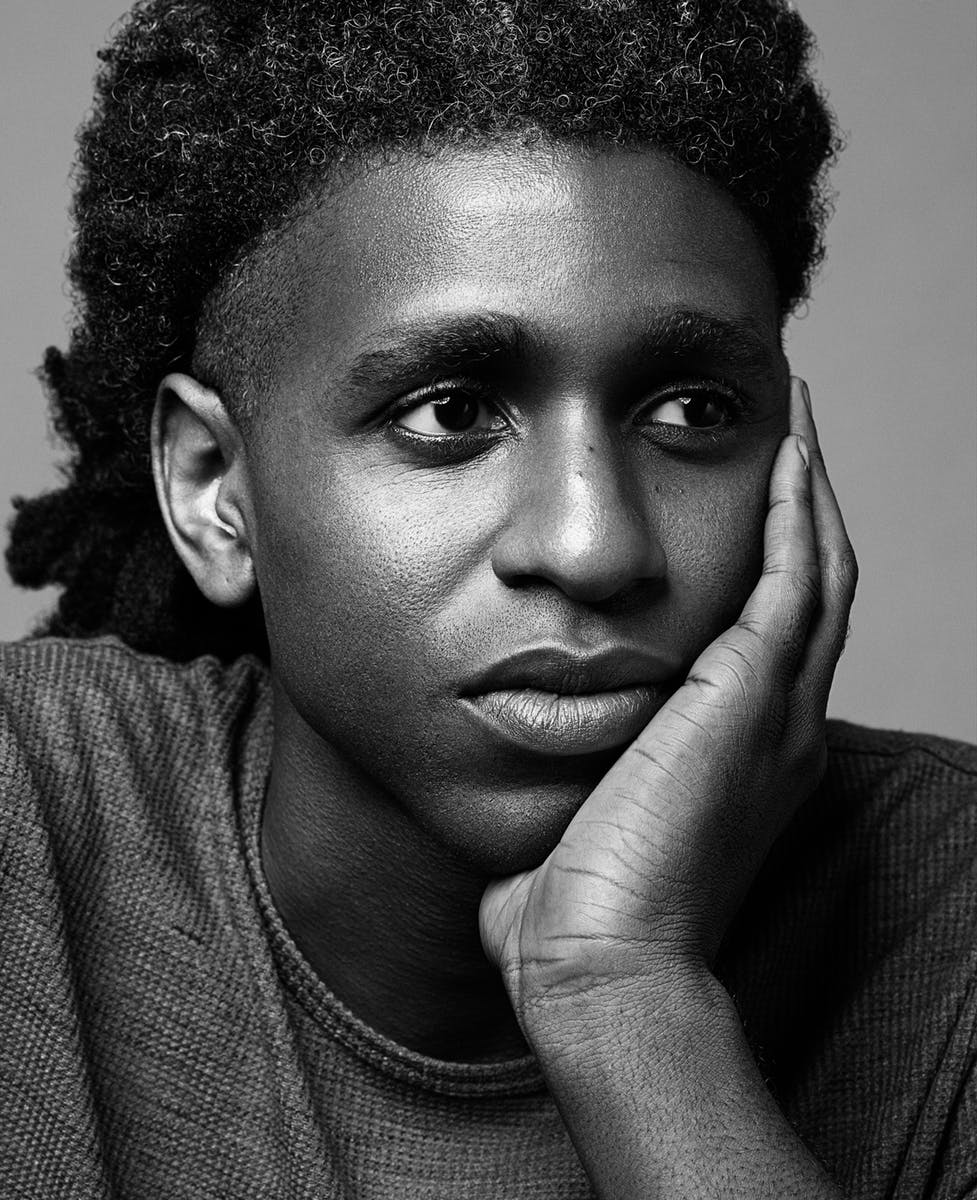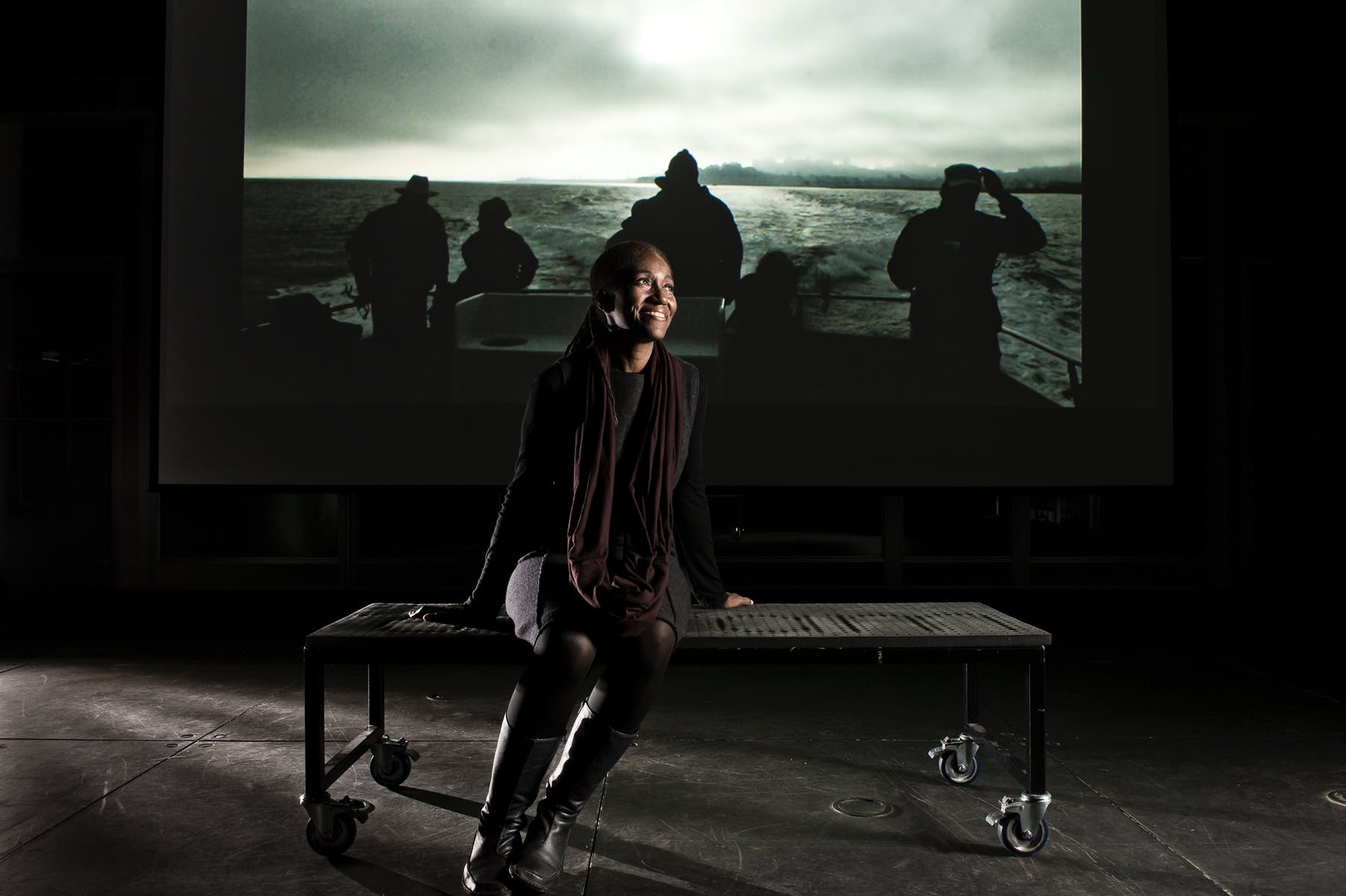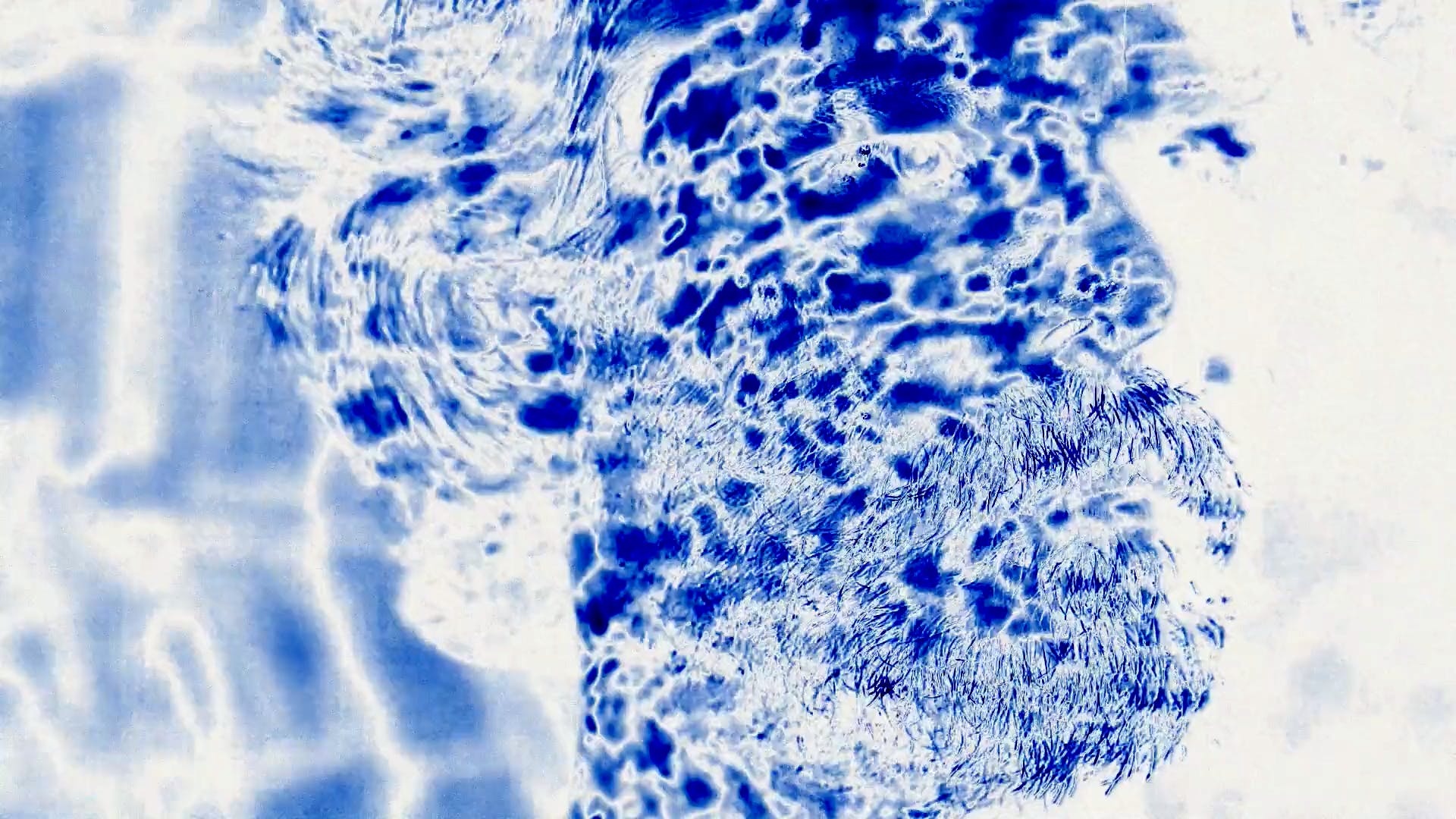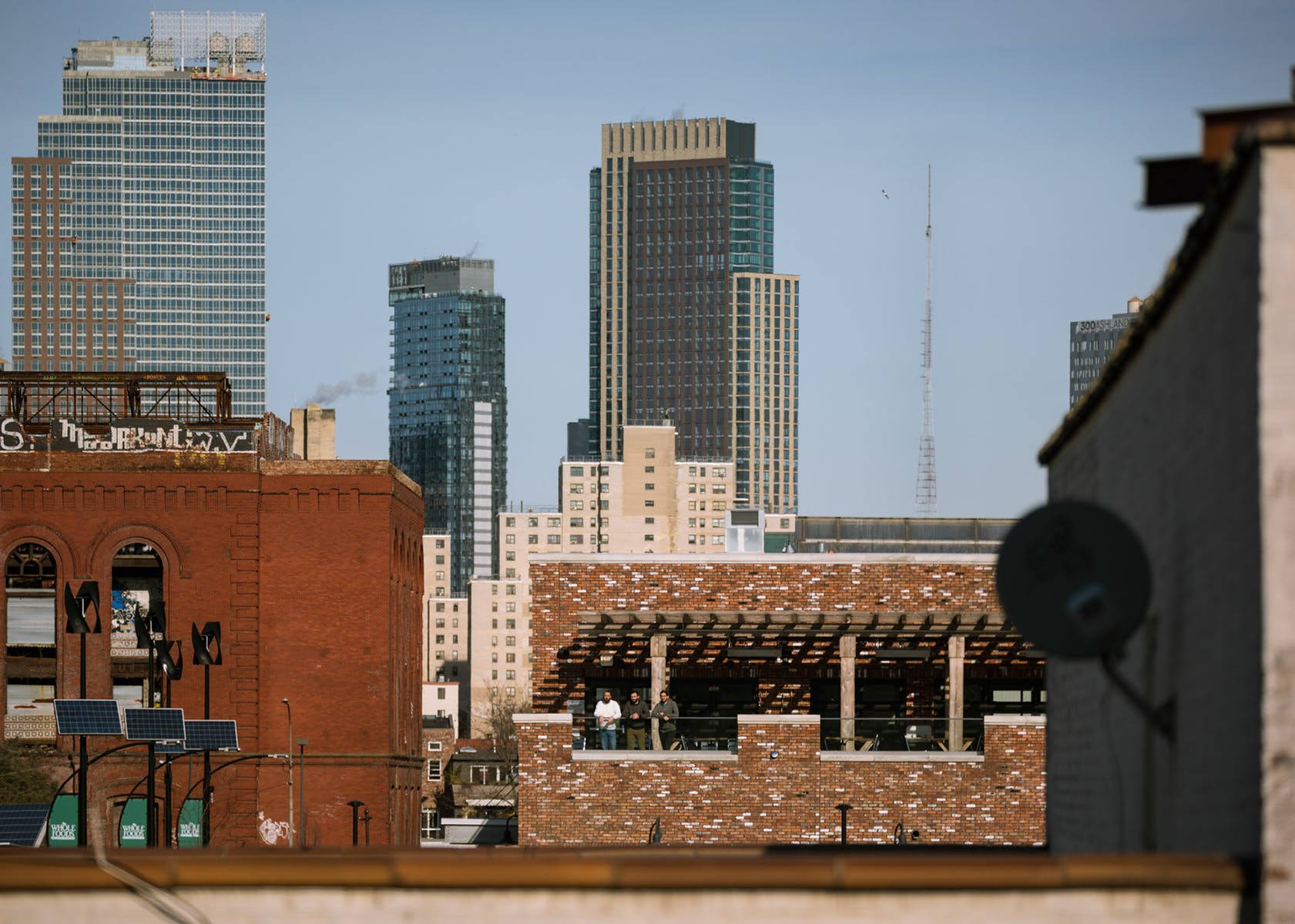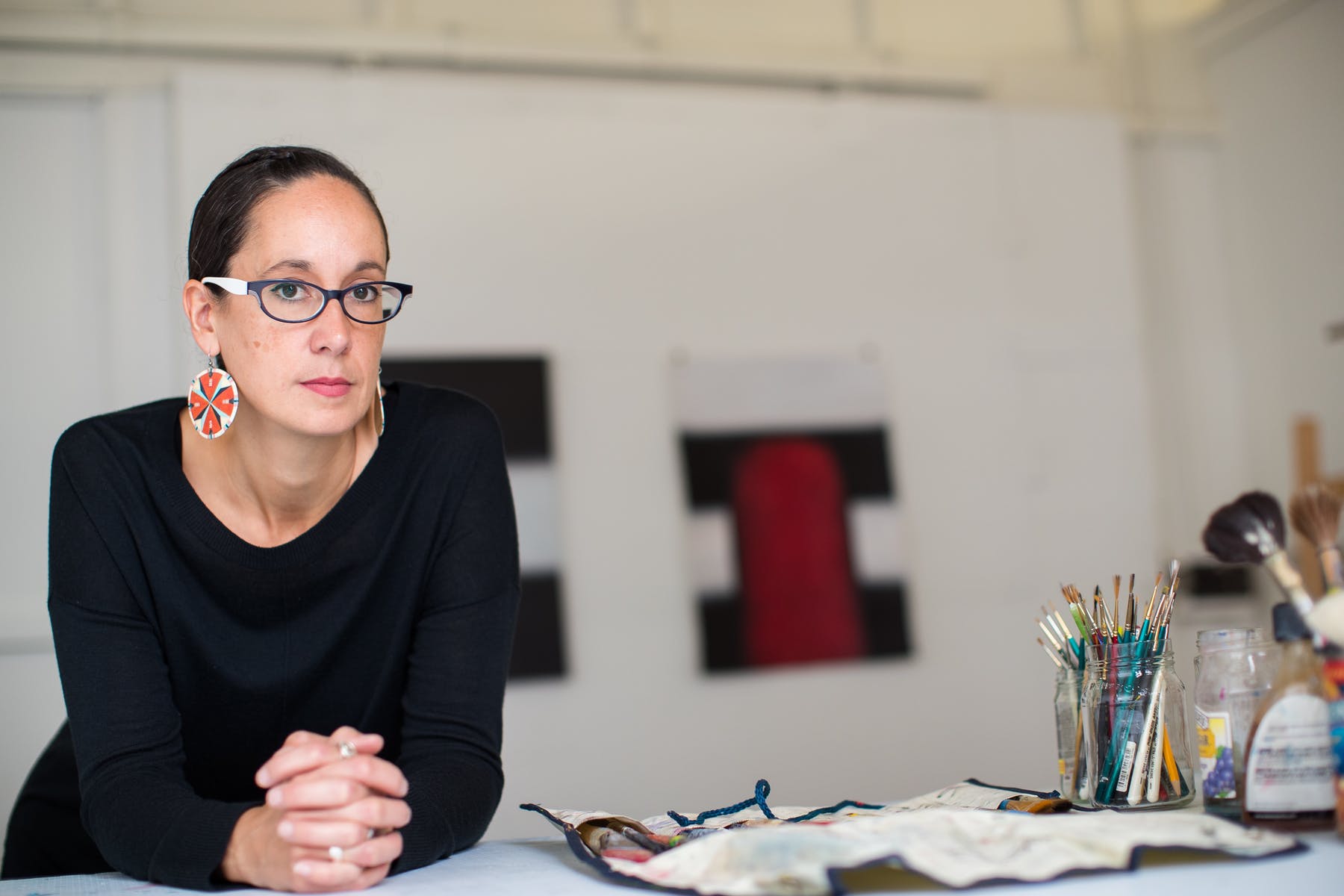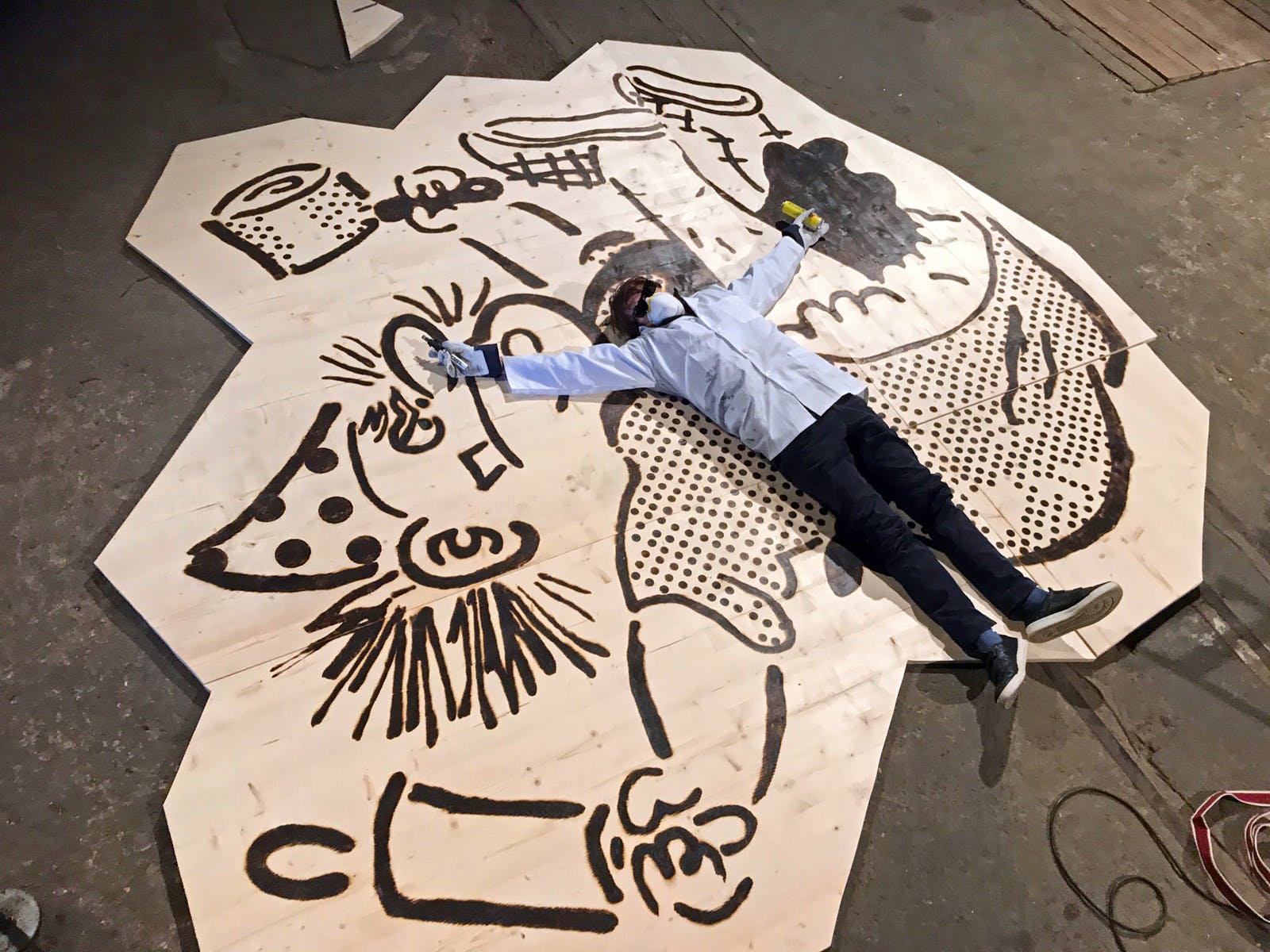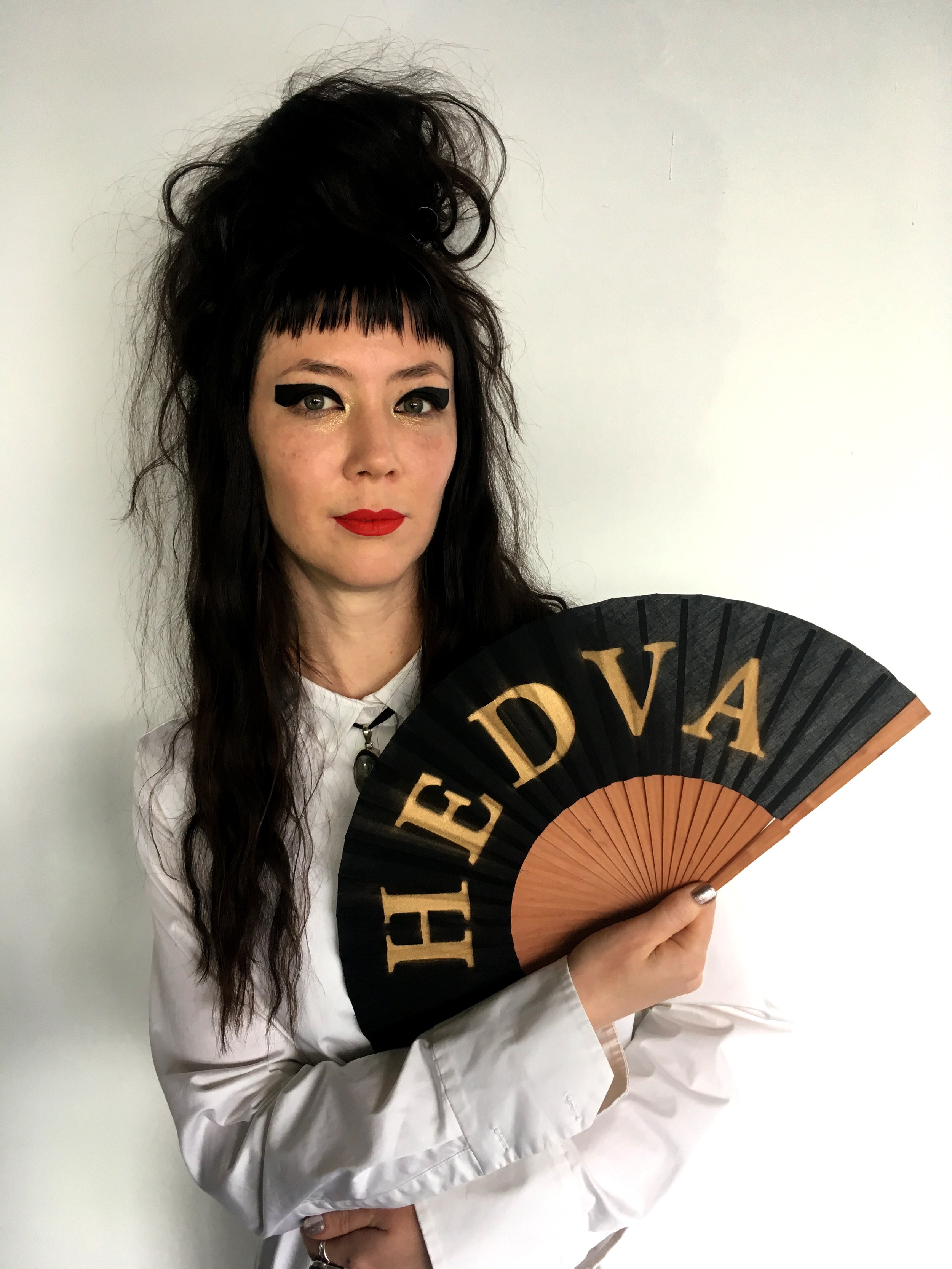Inspired by a Two-Spirit fashion show held as part of the Walker Art Center’s Terrace Thursdays program, I commissioned art historian Amber-Dawn Bear Robe (Siksika/Blackfoot) as guest editor for a related Soundboard four-way discussion on Indigenous fashion. She contributed writing and invited three others to contribute as well: potter/designer Virgil Ortiz (Cochiti Pueblo), designer/online retailer Jessica Metcalfe, PhD (Turtle Mountain Chippewa), and designer Sage Paul (Denesųłįné) to tackled the question, “How can fashion be indigenized?” The package was enhanced by a magazine-style graphic created by the talented Walker digital designer, Jasio Stefanski. Please give all four essays a read!
New Artist Op-Ed: Jules Gimbrone's "Touching a Third Sound: Trans-Sensing in a World of Deepfakes"
Using “deepfakes”—videos generated by AI to animate presidents and celebrities to say things they didn’t—as a jumping off point, composer/visual artist Jules Gimbrone’s new Artist Op-Ed for the Walker Art Center asks: “How can we cultivate new methods of sensing the world that aren’t reliant on a categorical flattening of complexity into the quantitative binary of real/fake?” Their answer: Trans-Sensing. The nuanced ways of perceiving many trans people have had to develop could provide a model for any of us for accessing a world of visual dominance in less binary ways.
On this one, I had the rare pleasure of working with Gimbrone, then finessing language in person, and finally working with Gimbrone, designer Jasio Stefanski, and photographers Bobby Rogers and Malanda Jean-Claude to conceive of and realize photography that captured the ambiguous and sensory nature of the topic at hand. And in another Op-Eds first, this piece includes both video and audio embeds, as well as our traditional print-pamphlet companion piece (to come). Please give it a read.
Interventionist Typography: Erik Brandt on Five Years of Ficciones Typografika
As a longtime resident of Minneapolis’ Powderhorn Park neighborhood, one of my favorite dog-walking routes was past graphic designer Erik Brandt’s house on 36th Avenue. The allure: an ever-changing panel on the side of his garage that every day or two featured a new poster (or three) by designers and typographers from around the globe. As a neighbor and friend of Brandt’s, I was also one of the earlier writers to pick up on the project, dubbed Ficciones Typografika. I interviewed him about it in 2013 on my personal blog, Eyeteeth, and wrote a more comprehensive essay on it for the now-defunct Medium design-focused site re:form a year later. When it came time to finish the project—after 1,641 posters installed year-round from 2013 to 2018—Brandt graciously turned to me to contribute to his just-released monograph on the project. Published this month by Australia’s Formist Editions, Ficciones Typografika: 1642 includes photographic documentation of every poster—including some amazing work by the likes of Iman Raad, Ed Fella, Anthony Burrill, Sarah Boris, Bráulio Amado, and friends like Jasio Stefanski and Ben Schwartz—as well as an essay by Ben DuVall and a new interview I conducted with Brandt.
It was a wonderful project for the way it joined the global and the local, the physical and the virtual (it had a huge life online, thanks to Brandt’s dutiful documentation of all aspects on a Tumblr site and related social media), the high and the low, and I’m honored to be involved.
Brandt and Formist have generously allowed us at the Walker Reader to excerpt this interview on our design vertical, The Gradient. Read it here.
Soundboard: How Can Artists Reenvision the Internet?
For creative people, online platforms are spaces where we find inspiration, collaborate, and learn from one another. But they are also businesses that increasingly police the boundaries of our experience, extracting information from our expressions and manipulating our behavior without consent. How can artists contend with the current state of the Internet, which has been massively influenced by corporate interests despite the utopic ideals that made up its foundation? Guest edited by Are.na, this new edition of Soundboard—Walker Reader’s sixth to date—invites Furtherfield's Ruth Catlow, artist Mimi Onuoha, writer/product leader Bo Ren, Danielle Robinson (Code for Science & Society) and designer Andy Pressman, and artist/writer Gary Zhexi Zhang how to best go about it.
What Does It Mean to Have an Indigenous Lens in Film?
An emergent turn in Indigenous filmmaking seeks to foster these conditions for self-determination not only representationally but also formally. These films reject settler-colonial modes of film production and shift their lens toward Indigenous epistemology and philosophy—both in the production process and within their structure and logic.
—Filmmaker Adam Kahlil (Ojibway)
Today, we at the Walker Reader published the fifth in our ongoing Soundboard series, a recently developed tool that lets multiple authors weigh in on the same central question through a single interface. Synched with the Walker Art Center’s INDIgenesis film series, this edition looks at what it really means to make film through an indigenous lens. In the spirit of not-about-us-without-us, I invited Hud Oberly (Comanche/Osage/Cado), coordinator of the Sundance Institute’s Indigenous Program, to guest edit this round. He contributed a writing himself and invited filmmakers Sky Hopinka (Ho-Chuck/Pechanga), Adam Kahlil, and Alex Lazarowich (Cree) to share their perspectives. Each author brings a unique history and perspective, as well as a relevant news hook: Hopinka (who wrote an Artist Op-Ed for us in 2018, was just selected as a guest curator for the 2019 Whitney Biennial; Lazarowich’s documentary FAST HORSE (2018) won the Special Jury Prize for Directing at the 2019 Sundance Film Festival; and Khalil has just been announced as a featured artist in the 2019 Whitney Biennial. Publication of this edition of Soundboard comes just days before the INDIgenesis series’ Sundance Institute Native Shorts Screening, which will be introduced by Oberly.
John Yang’s work adapted as stencil art on a boxcar in Minneapolis, 2011. Photo: Paul Schmelzer
Eyeteeth's greatest hits: Sigur Ros, Galaxie 500, and John Yang
From 2003 to 2015, I ran Eyeteeth, an art blog that combined quick hits with original essays and musings. Occasionally, I’ll find an old post and resurface it here.
“In the age of derivatives, reasserting an original: John Yang's Blindman's Bluff”
Back in July 2010, I stumbled upon familiar-looking graffiti: a sleepwalking boy stenciled on a boxcar in Minneapolis. I’d seen it in Berlin years earlier… and somewhere else that I couldn’t quite recollect. In this piece, I tracked down this ubiquitous image to an album cover by Sigur Ros, the Icelandic band, which apparently used a photo by the late John Yang without permission, according to his daughter, Naomi, half of the late-’80s indie band, Galaxie 500.
What New Year's Resolutions Should Art Museums Be Making?
For Walker Reader’s fourth installment of Soundboard, a new multi-author feature, I took a most obvious news hook—New Year’s resolutions—to pose a more substantive question: how should art museums commit to change in the coming year? Seb Chan (chief experience officer at Melbourne’s ACMI, formerly at Cooper Hewitt), Laura Raicovich (writer, curator, former director of the Queens Museum), Nicole Ivy (inclusion strategist, futurist, former AAM inclusion director), and Anthony Romero (artist, Tufts professor, cofounder of a Latinx art funder) shared their perspectives, offering smart suggestions around wealth inequality, representation, salary transparency, and the myth of museum neutrality.
The project follows three other Soundboard panels:
• How Should Museums Deal with Art by Alleged Harassers? Featuring Rashayla Marie Brown, Deborah Culinan, Tyler Green, Theresa Sotto, and Jillian Steinhauer (March 2018)
• How Will We Queer Design Education Without Compromise? Guest-edited by Nicole Killian and featuring Kristina Ketola Bore, Nate Pyper, Ginger Brooks Takahashi, and Ramon Tejada (July 2018)
• What Can Art Do That Journalism Can’t? Featuring Natalia Almada, Jackie Amézquita, Dorit Cypis, and Ifrah Mansour
The Best of Walker Reader 2018
“What kinds of institutions could be better positioned to gather diverse groups of people around complex dialogue?” Deborah Cullinan, CEO of Yerba Buena Center for the Arts, surfaced this question—in reference to art centers—in the inaugural edition of Soundboard, the Walker Art Center’s new multi-author tool we launched in March 2018. It seems a fitting way to launch a recap of the diverse array of engaging stories presented by Walker Reader last year—from a politically engaged curatorial essay on SIah Armajani’s Seven Rooms for Hospitality to a call to arms for more ethical graphic design to an array of commissioned essays critique art institutions themselves. Read on.
The Year in Review: 2018 as Witnessed by 24 Artists
Walker Reader’s annual series of year-end lists returns for its seventh and biggest edition. Twenty-four artists from across disciplines and geographies weighed in on the most noteworthy events, ideas, and news items of the year. A few of my favorites: Christine Sun Kim, an artist whose first language is ASL; Citizen author Claudia Rankine; sisters and podcasters (How to Survive the End of the World) Autumn Brown and adrienne maree brown (who wrote the excellent book, Emergent Strategy); St. Paul poet Danez Smith; Native American visual artist Andrea Carlson; black AI-based artist and technologist Stephanie Dinkins, and Chitra Ganesh, an artist whose practice brings “to light narrative representations of femininity, sexuality, and power typically absent from canons of literature and art. “
The cornerstone essay of the Art of Native America exhibition quotes Paul Chaat Smith’s Walker talk.
Publishing's Ripple Effects: Paul Chaat Smith and the Met's Native American Art Show
Some of the value of publishing by museums can’t be quickly or easily quantified but impact a museum’s reputation and promote important ideas nonetheless. Here’s one recent case.
The Met’s new exhibition, Art of Native America, got a lot of buzz due to the venue it was shown in: it’s the first time the museum has presented Native American art in its American art wing (not in its Arts of Africa, Oceania and the Americas galleries). I recently learned that the exhibition’s catalogue puts a Walker Art Center event front and center: its lead essay, by American Wing curator Sylvia Yount, references Comanche curator Paul Chaat Smith in the epigraph, first paragraph, and footnotes—from his Sept. 2017 Walker talk and resulting Walker Reader essay/video—noting that his declaration to Walker audiences that “the most American thing ever is in fact American Indians” may “be viewed as an underlying principle guiding” the Met’s show. I’m pleased that a Walker moment has been valuable to a sister institution. But I don’t claim this entirely as a publishing success: what I did was take the transcript from a Walker talk by Smith—programmed by Nisa Mackie and the Education department—and enhance it with lots of images. I was merely the amplifier. But that’s one key role of museum publishing: treating (and promoting) programmatic content in ways that can maximize (or at least enhance) its accessibility, appeal, and memetic value.
Interview: Meredith Monk on #MeToo, Trump, and Recurring History
Meredith Monk—the 75-year-old composer, vocalist, visual artist, and educator—has performed at the Walker more than a dozen times since 1974. With this week’s performance of Monk’s Cellular Songs, I wondered: how can Walker Reader contribute new, engaging ideas about an artist who’s been so extensively written on?
Monk is known for many things, but chief among them are: her wordless vocalization style (she believes the voice is an instrument and that words often say less than phonemes), her Buddhist practice, her role as a pioneering woman in a male-dominated world of experimental music and art. Many of these aspects of her long, impressive career have been covered already, in a video by Tate Modern, a Meet The Composer appearance, an On Being interview, scholarly essays and interviews (including in the Walker’s 1998 catalogue Art Performs Life: Merce Cunningham / Meredith Monk / Bill T. Jones), in Lion’s Roar magazine, and in numerous videos with Buddhist practitioners. What could I possibly add to that rich, important history?
In the end, I went with a traditional format—a standard interview—but hopefully it stands out for the timeliness of the discussion: in these tumultuous times, how does this celebrated artist stay balanced, and how does her work address this instability? Long by Walker Reader standards, the 3,500-word discussion covered her own reaction to #MeToo, and her experiences being a woman coming up in an experimental art scene dominated by men—
—to her rare decision to include words, instead of nonverbal vocalizations, in her newest work, Cellular Songs:
I hope you enjoy reading it as much as I enjoyed doing it.
Related: I’ve long admired Monk, going back at least as far as the Walker’s 1998 exhibition Art Performs Life, and while I didn’t mention it to her, our connection was a tiny form of reunion: back in 2001, I send her a letter asking her to be part of my conceptual art project Signifier, Signed… She complied, mailing back my “autograph” written in her hand, something I truly appreciate and treasure.
Four Artists Address: What Can Art Do that Journalism Can't?
At Walker Reader, our new Soundboard series is picking up steam: this week we launched the third installment, featuring four artists: filmmaker Natalia Almada, a MacArthur genius and US/Mexico dual citizen; Jackie Amézquita, an artist who did a 178-mile performative walk from the border to downtown LA, embodying the journey of many immigrants and echoing her own walker from Guatemala to the US as a teenager; LA-based mediator, artist, and homeless advocate Dorit Cypis, and Minneapolis-based playwright, poet, and refugee from Somalia, Ifrah Mansour. The framing:
One of the things recent events at the Mexico/US border have shown us is the power of documentation: audio, video, and photos that indelibly show the human impact of the Trump administration’s “zero tolerance” immigration policy and all that comes with it—family separation, children in cages, “tender age” facilities for babies and toddlers, no predetermined plan for family reunification. Two of the most indelible moments for many of us: the photo of a sobbing two-year-old Honduran girl being confronted by border patrol agents and audio of 10 Central American children held in a US Customs and Border Protection facility, including a 6-year-old Salvadoran girl pleading to be reunited with her father and aunt. While the viral response to these images underscores the power of documentary practices, it also raises questions worth considering for those of us in the art world: What can art do that journalism can’t? If documentation can stop us in our tracks, is it art’s job to help us move beyond that, to process what we encounter through journalism? And how does art that embodies events in the news help us achieve real understanding? In the third edition of Soundboard, we posed these questions to four artists with close links to the immigrant experience: a documentary filmmaker with lives on both sides of the border; an immigrant who entered the US illegally, on foot; a socially engaged artist and mediator; and a Somali refugee whose art often deals with trauma faced by refugee children.
Sky Hopinka’s Visions of an Island, 2016. Photo courtesy Ruben/Bentson Moving Image Collection
Sky Hopinka Artist Talk + New Book
Following the April 2018 launch of "The Centers of Somewhere," filmmaker Sky Hopinka's contribution to the Walker Art Center's Artist Op-Eds series, the museum has scheduled a special evening with the artist. Join me and assistant curator/archivist Ruth Hodgins on September 13, 2018 for a screening of Hopinka's short films, followed by a discussion with the artist. Pick up a free copy of the op-ed pamphlet, and join us all for a post-event reception at Minneapolis' Bockley Gallery.
Hopinka's op-ed is also reprinted in a beautiful new editioned book, Around the Edge of Encircling Lake, published by Milwaukee's Green Gallery Press. It includes several of Hopinka's essays, poetry, images from his experimental films, and links to a few of his moving image works.
What Does It Mean to Queer Design Education?
Today at Walker Reader, we launched the second installment of our Soundboard platform, a tool that allows multiple voices to weigh in on the same question. The topic: "How do we queer design education without compromise?" Guest editor Nicole Killian invited four designer/educators—Kristina Ketola Bore, Nate Pyper, Ginger Brooks Takahashi, and Ramon Tejada—to consider ways to create a non-binary design canon. Commissioned for our popular design vertical, The Gradient, the series includes ad-style graphics created by designer/developer Jasio Stefanski and design director Emmet Byrne. It follows the inaugural edition of Soundboard, which addressed the #MeToo movement, museums, and allegations of sexual harassment by artist Chuck Close.
New Artist Op-Ed: Filmmaker Sky Hopinka's "The Centers of Somewhere"
“A difference between learning and knowing is little more than asking questions without the entitlement of an answer, and honoring the vulnerability in saying and hearing, ‘I don’t know.’” In his Walker Art Center Artist Op-Ed, experimental filmmaker Sky Hopinka (Ho-Chunk/Pechanga) ruminates on power, privilege, and identity—including his own—as he responds to the burden of representation and authority placed on groups of traditionally oppressed people. Hopinka's op-ed, like all 12 in this ongoing series, is accompanied by a print-on-demand pamphlet. Like Postcommodity's op-ed of 2017, Hopinka's pamphlet will be released during a September artist talk at the Walker (details to come).
Museums and #MeToo: Walker Reader Launches Soundboard Discussion
What should museums do when artists do wrong? Here at the Walker Art Center, allegations of impropriety by Chuck Close, an artist we have deep ties to, have shaken us. What do we need to consider when (and if) showing work by artists like Close? How do our acquisitions, presentation, and interpretation processes need to change? What else do we need to think about? To tackle these questions openly, we invited five art world experts to share their thinking in the inaugural edition of Soundboard. This new tool allows for multiple commissioned essays on the same topic within the same interface:
Sharing their views are individuals from diverse perspectives, job functions, and backgrounds: artist Rashayla Marie Brown, Yerba Buena Center for the Arts CEO Deborah Cullinan, critic/historian Tyler Green, Hammer Museum educator Theresa Sotto, and arts journalist Jillian Steinhauer.
Each author's perspective appeared within the Walker Reader feed with a unique, Jenny Holzer–inspired title graphic, designed by the Walker's amazing Design Studio, which was then resized for sharing on social media:
In hopes of learning from our readers as well, we linked each piece to our discussions on Twitter and Facebook and offered, for the first time, direct access to our editor (me) for feedback or suggestions on future Soundboard themes.
Launching this new feature with such a substantive question, and such thoughtful contributions, sets a high bar for future iterations, but I think we're up to the challenge.
Update April 1, 2018: The Minneapolis Star Tribune has amplified this discussion with a piece by reporter Jenna Ross.
In Support of Laura Raicovich: Open Letter Urges Museums to Advance Cultural and Political Discourse
I'm proud to stand with my colleagues in support of outgoing Queens Museum ED Laura Raicovich and the ideals she represents. Read the open letter I signed along with 37 others affirming the role of art museums in advancing public discourse around culture, community, and politics.
Read MoreThe Best of Walker Reader 2017
From indigenous self-determination to Bon Iver's album imagery, a new manifesto from Werner Herzog to artists reacting to Trump's plan to rescind DACA, here's the top content at the Walker Art Center's digital magazine in 2017.
15 Artists Round Up the Year that Was: The Walker's "The Year According to ______" Returns
To commemorate the year that was, we at the Walker Art Center invited an array of artists, designers, performers, and filmmakers to share a list of the most noteworthy ideas, events, and objects they encountered in 2017. Ranging from the political to the poetic, the personal to the pop cultural, their selections offer a gestalt of a year that was both troubled and triumphant.
One of my favorite projects of the year, it allows us—via artists we work with and those we don't yet—to get political, and it allows us to showcase the diversity of the Walker worldview by featuring artists from different perspectives, disciplines, geographies, ability levels, genders, races, and sexual orientations.
Nora Chipaumire
Choreographer, Brooklyn
Dizzy Fae
R&B artist, St. Paul
Renée Green
Artist and filmmaker, New York/Somerville, MA
Hedva
Artist, writer, activist, Berlin/Los Angeles
Lynn Hershman Leeson
Artist and filmmaker, San Francisco/New York
Tracy Ma
Graphic designer, New York
Other Means
Graphic design studio, Brooklyn
Samuel Nyholm (aka SANY)
Illustrator and artist, Stockholm
Brad Ogbonna
Photographer, New York
Casey REAS
Artist and educator, Los Angeles
Wendy Red Star
Artist, Portland, OR
Bobby Rogers
Artist, Minneapolis
Kaneza Schaal
Theater artist, New York
Dyani White Hawk
Artist, Minneapolis
Carey Young
Artist, London
Catalogue: Kaz Oshiro in Collecting on the Edge
I’m excited to have been commissioned to write an entry on Kaz Oshiro for the Nora Eccles Harrison Museum of Art’s new exhibition catalogue, Collecting on the Edge (Logan, UT: Utah State University Press, 20178. It’s my second time writing about the LA-based Japanese artist: in 2012, I interviewed Oshiro for the Walker Art Center on the occasion of his inclusion in the exhibition, Lifelike. The entry is also online as a collection record for the museum.
